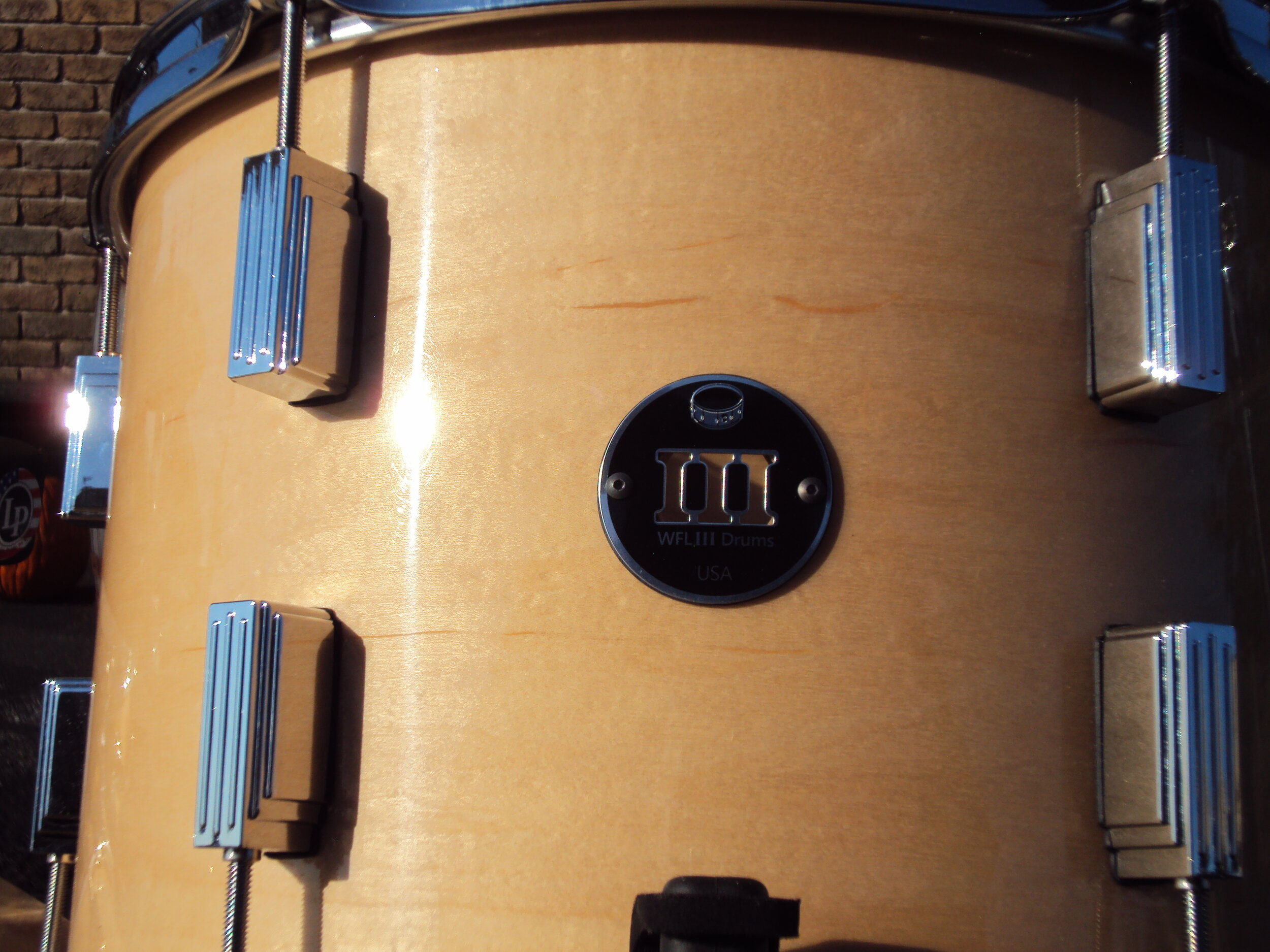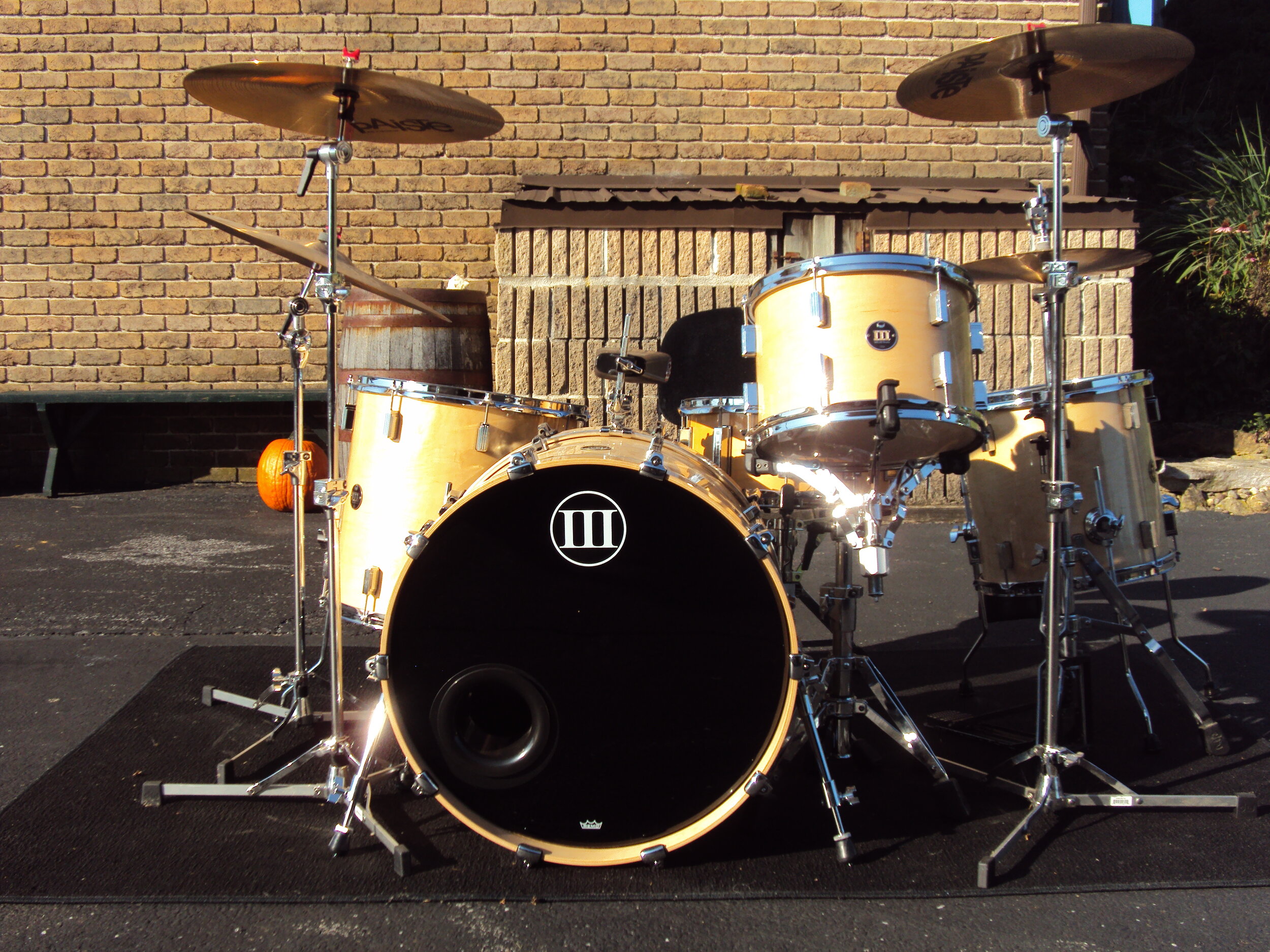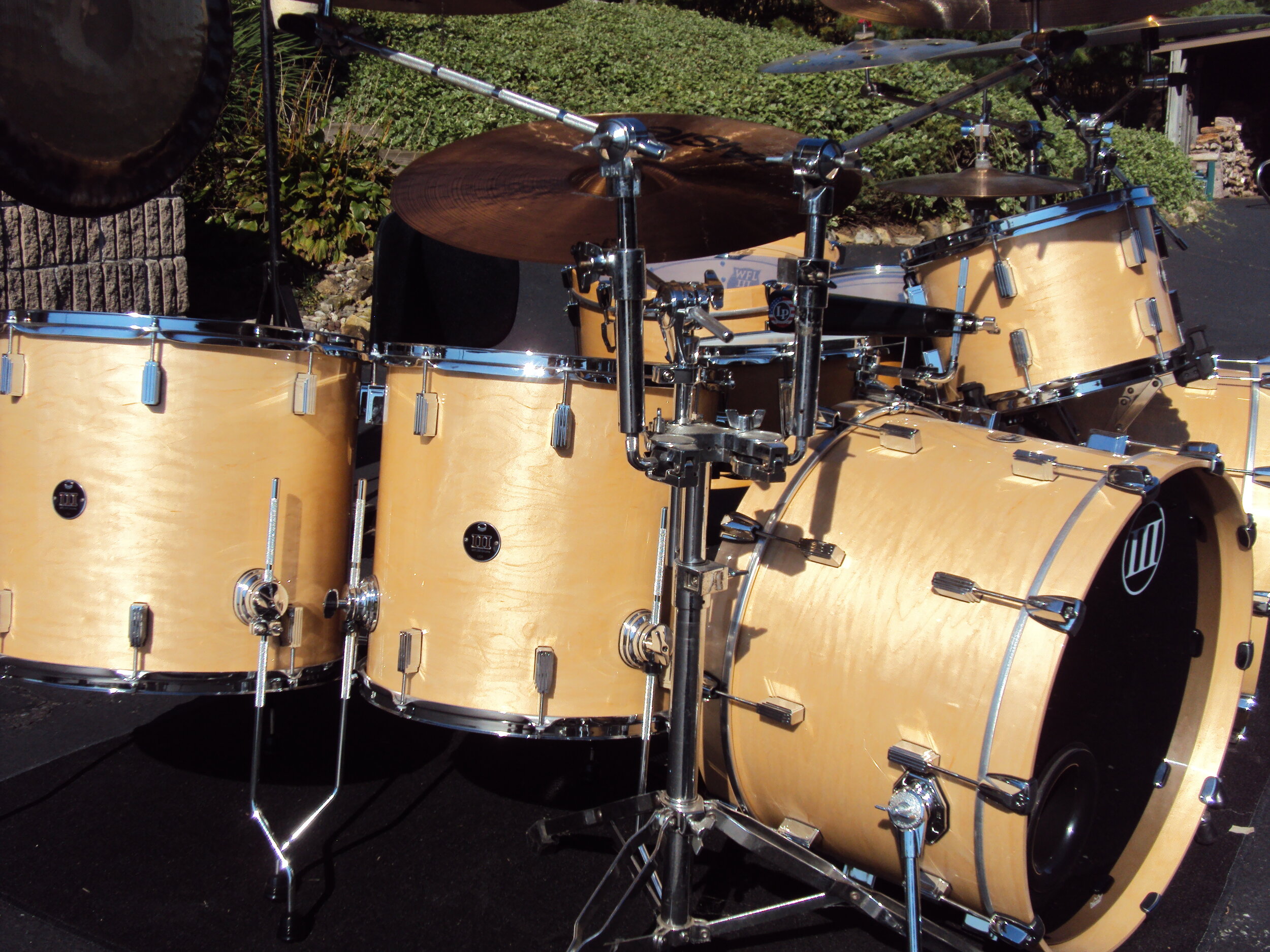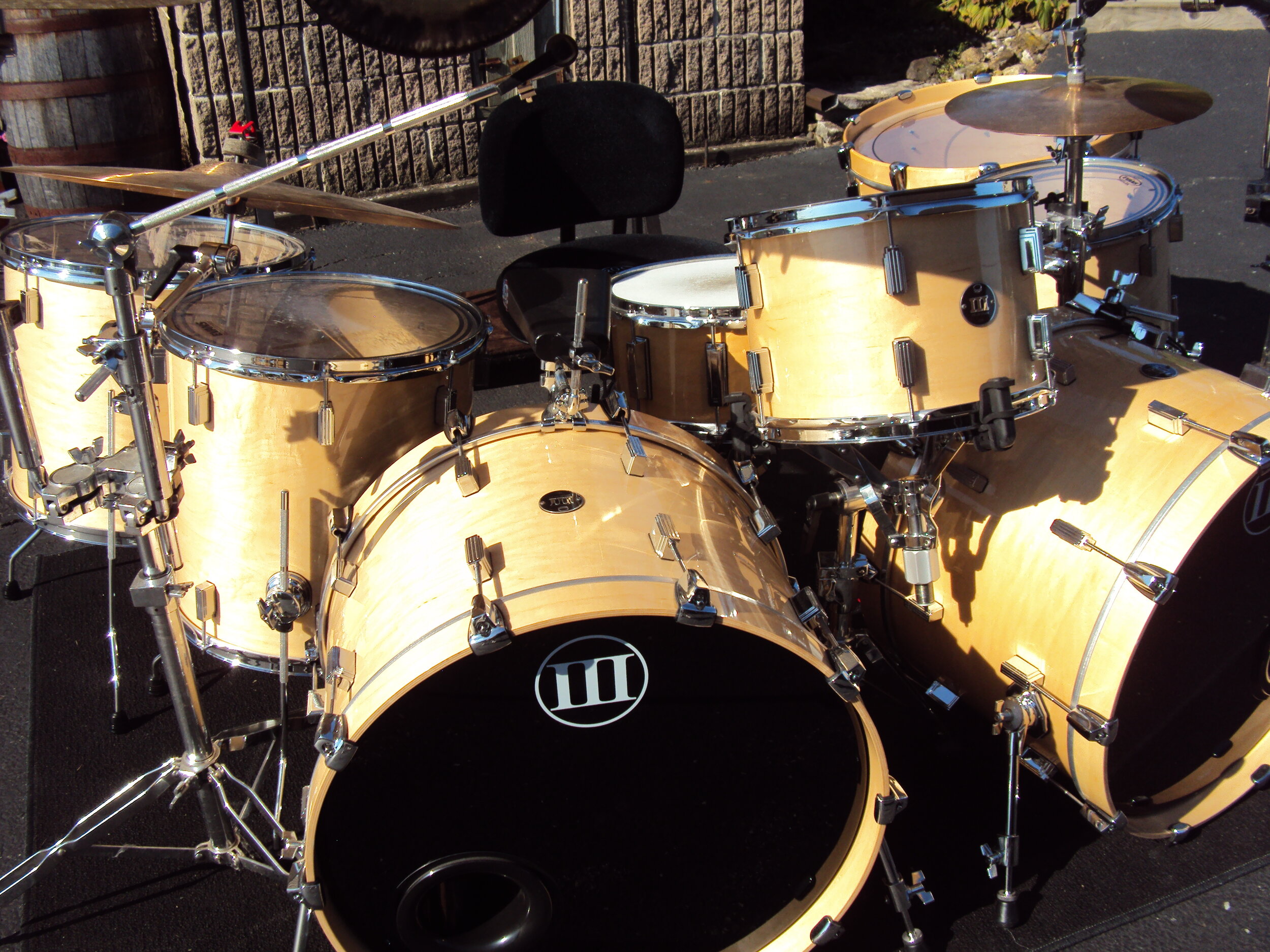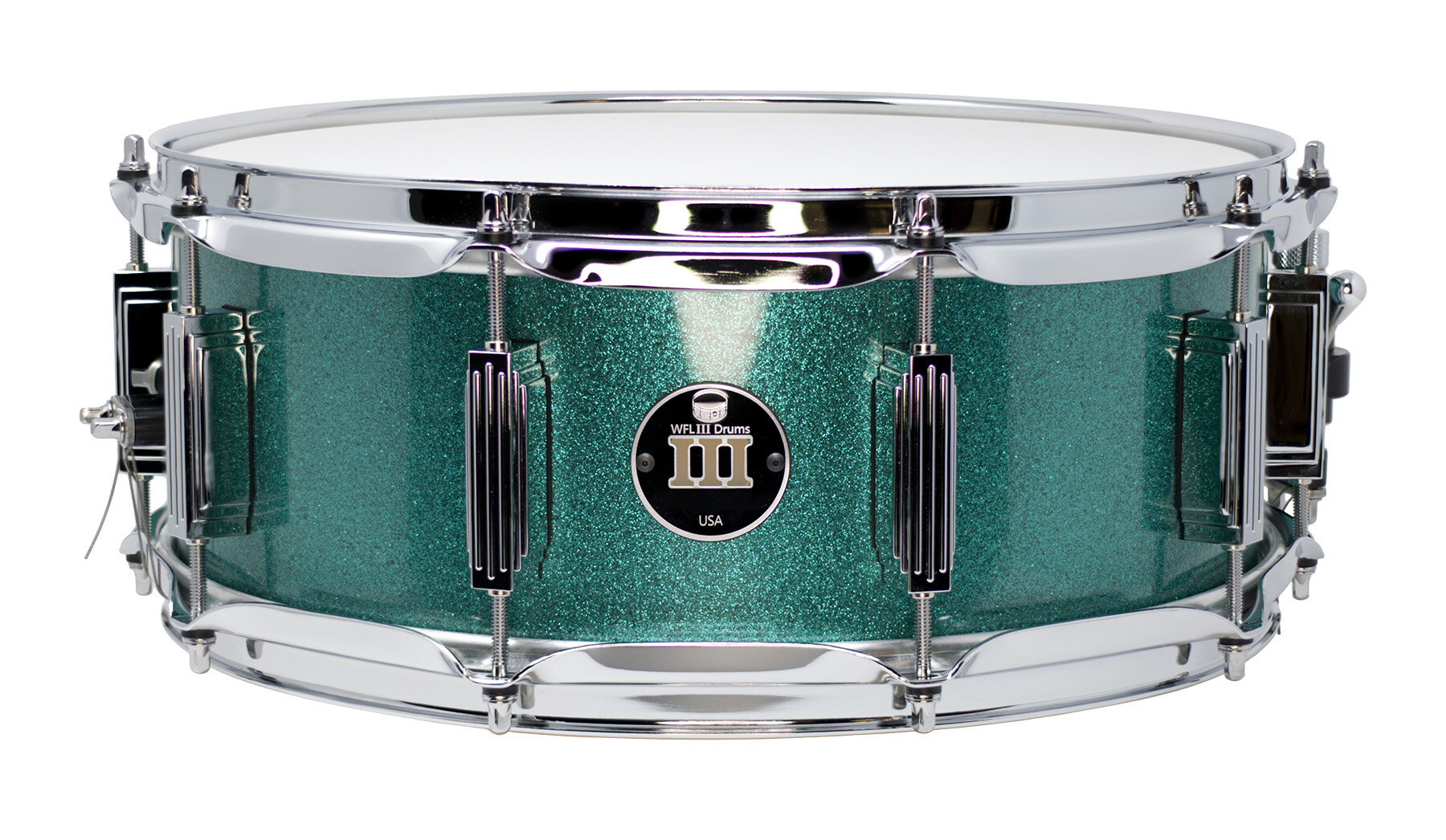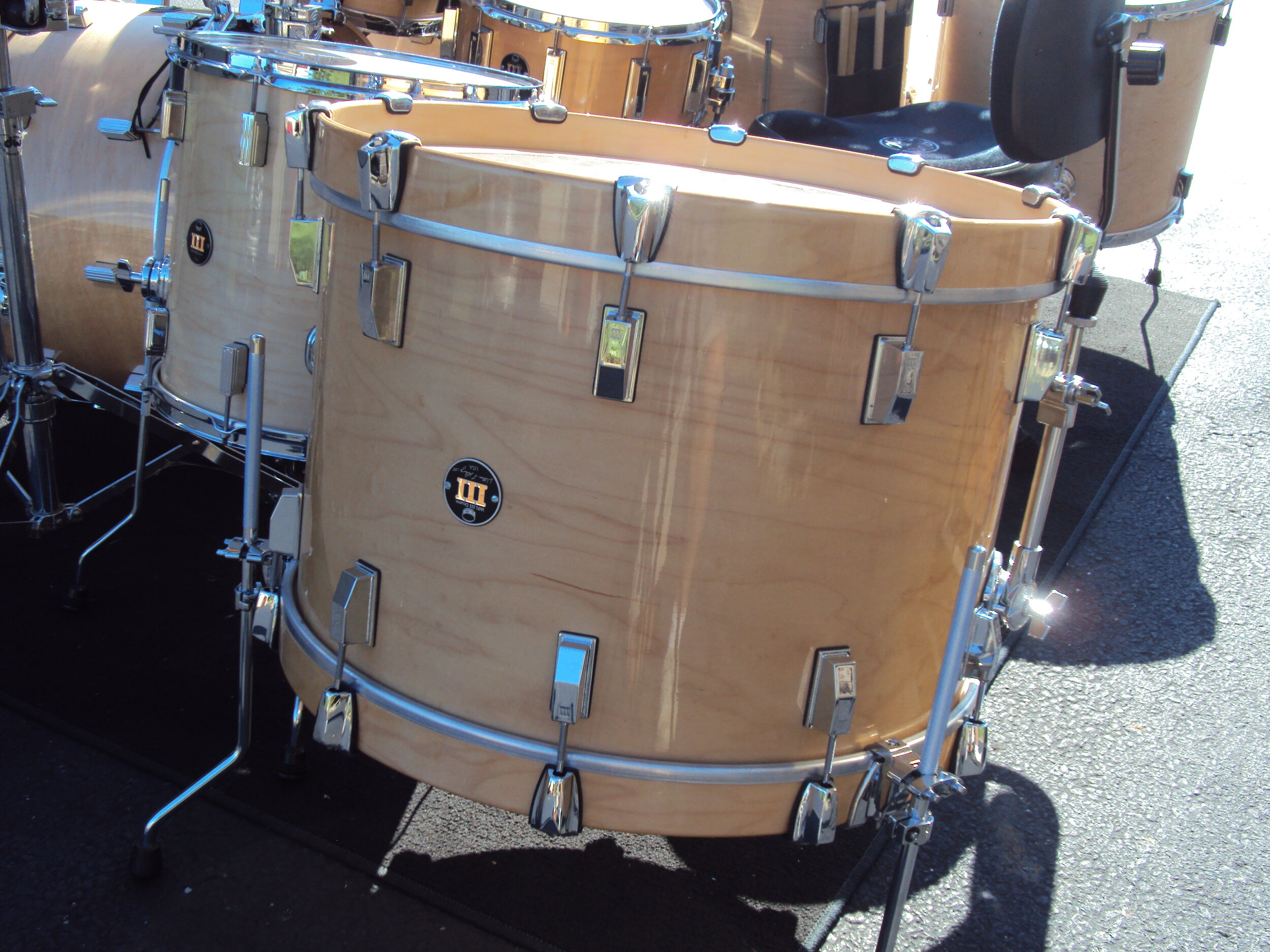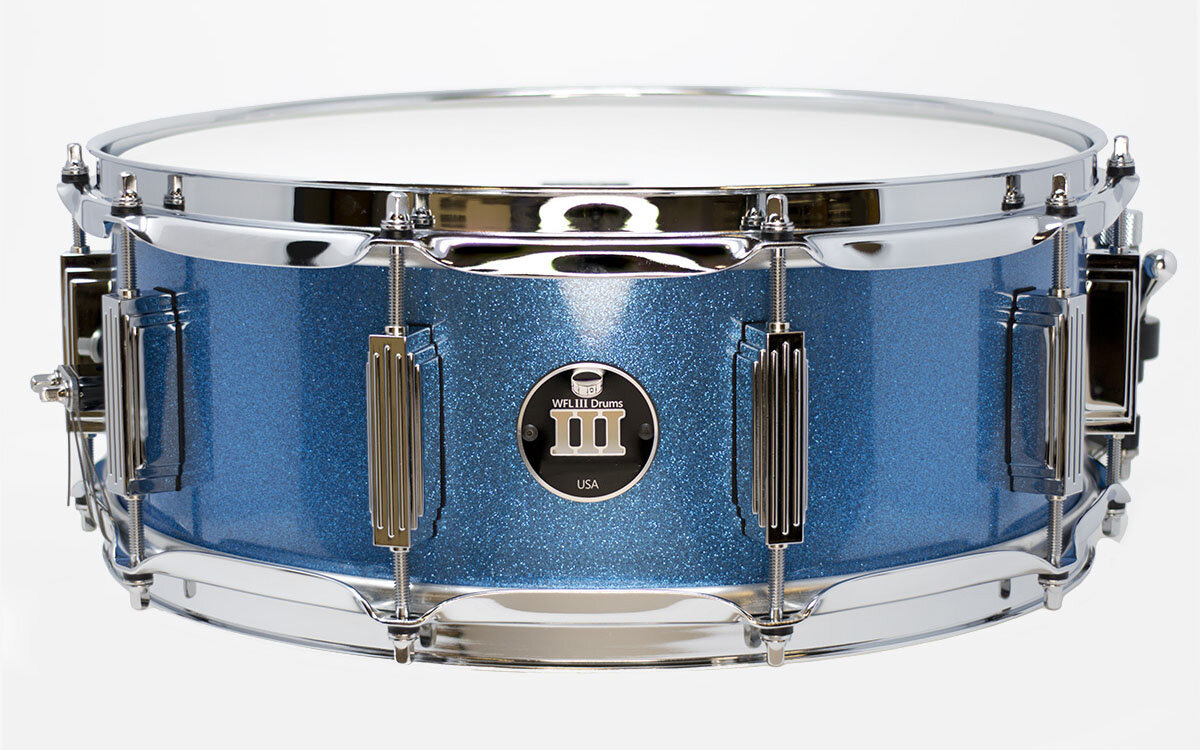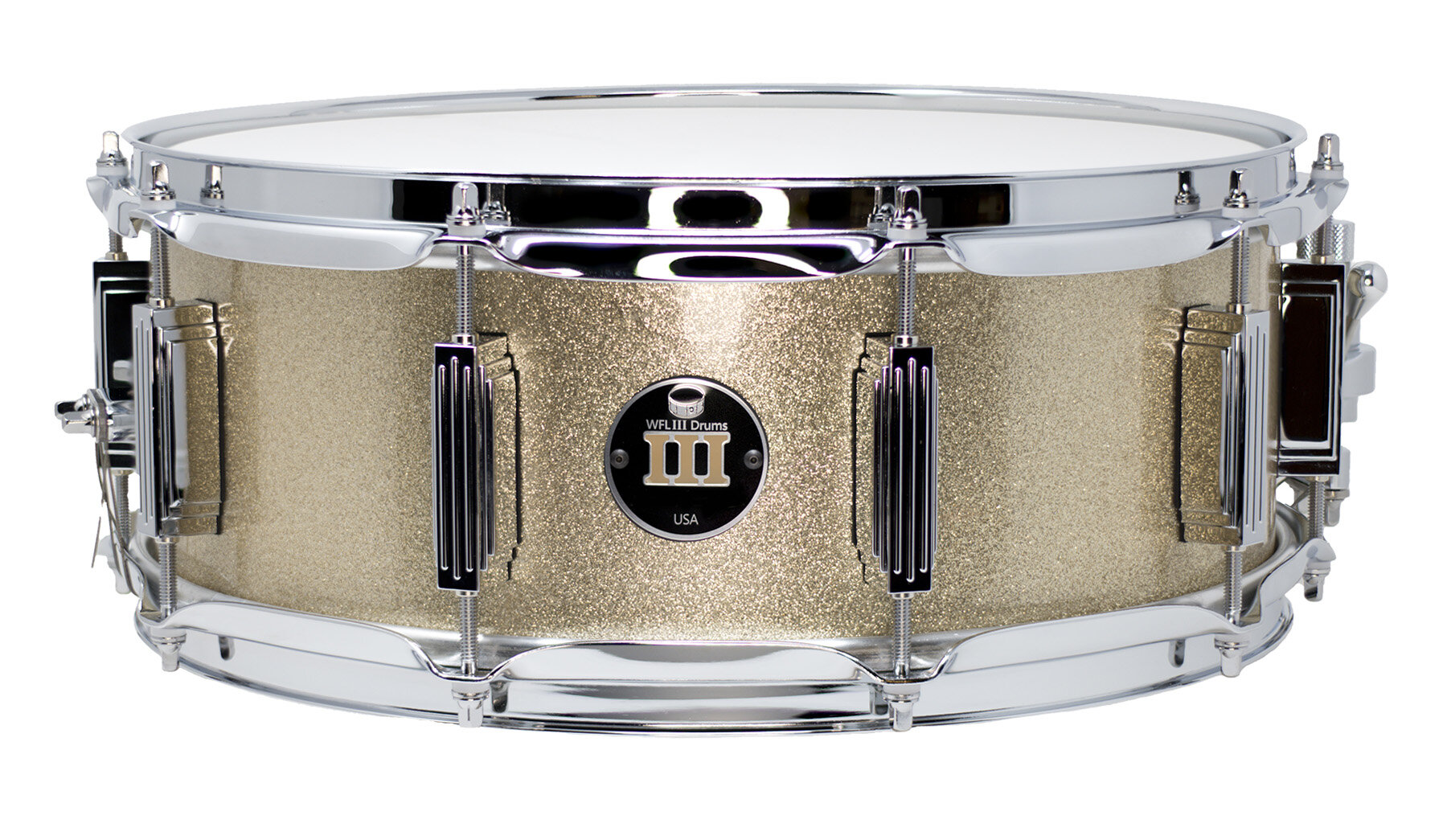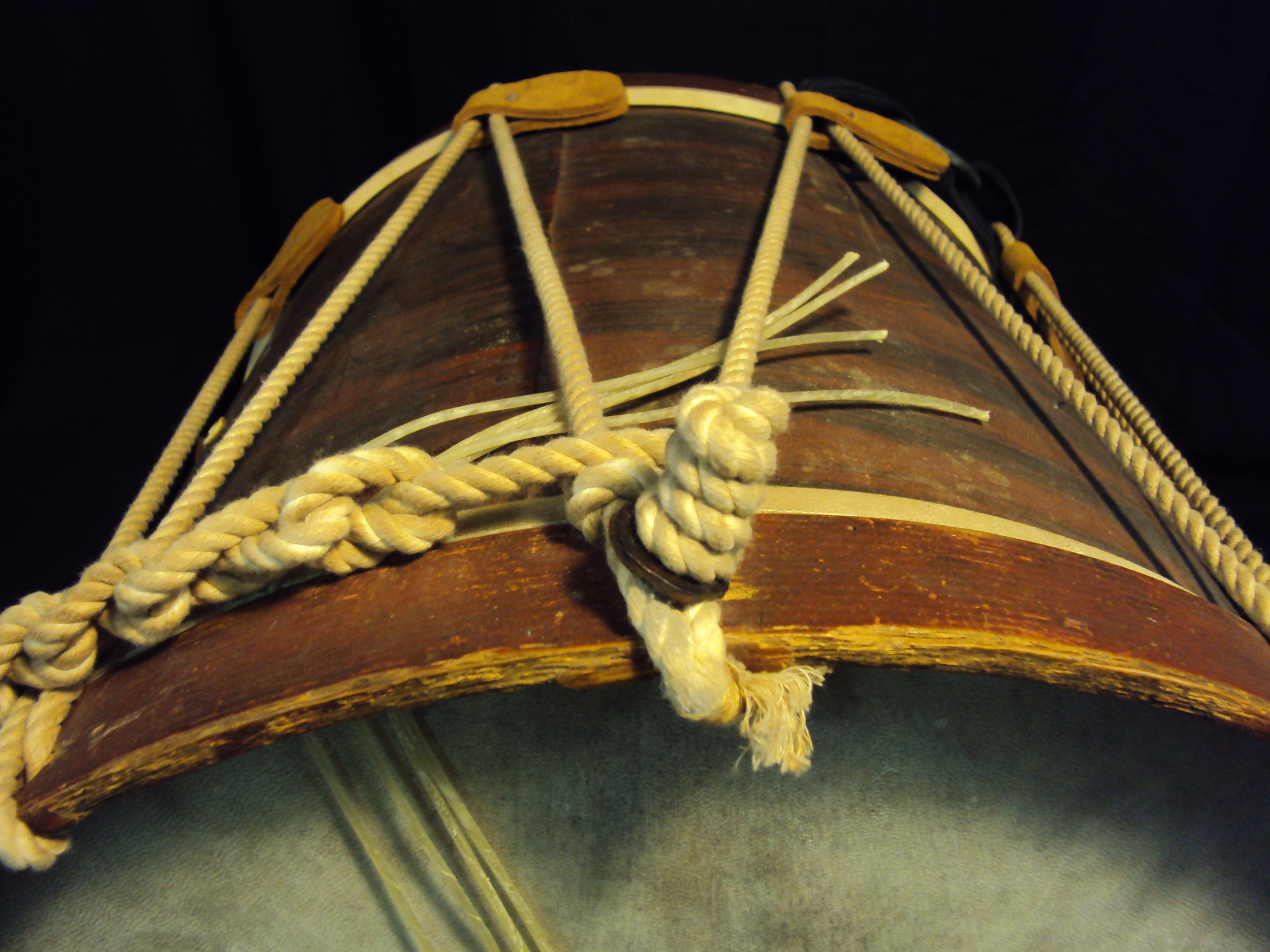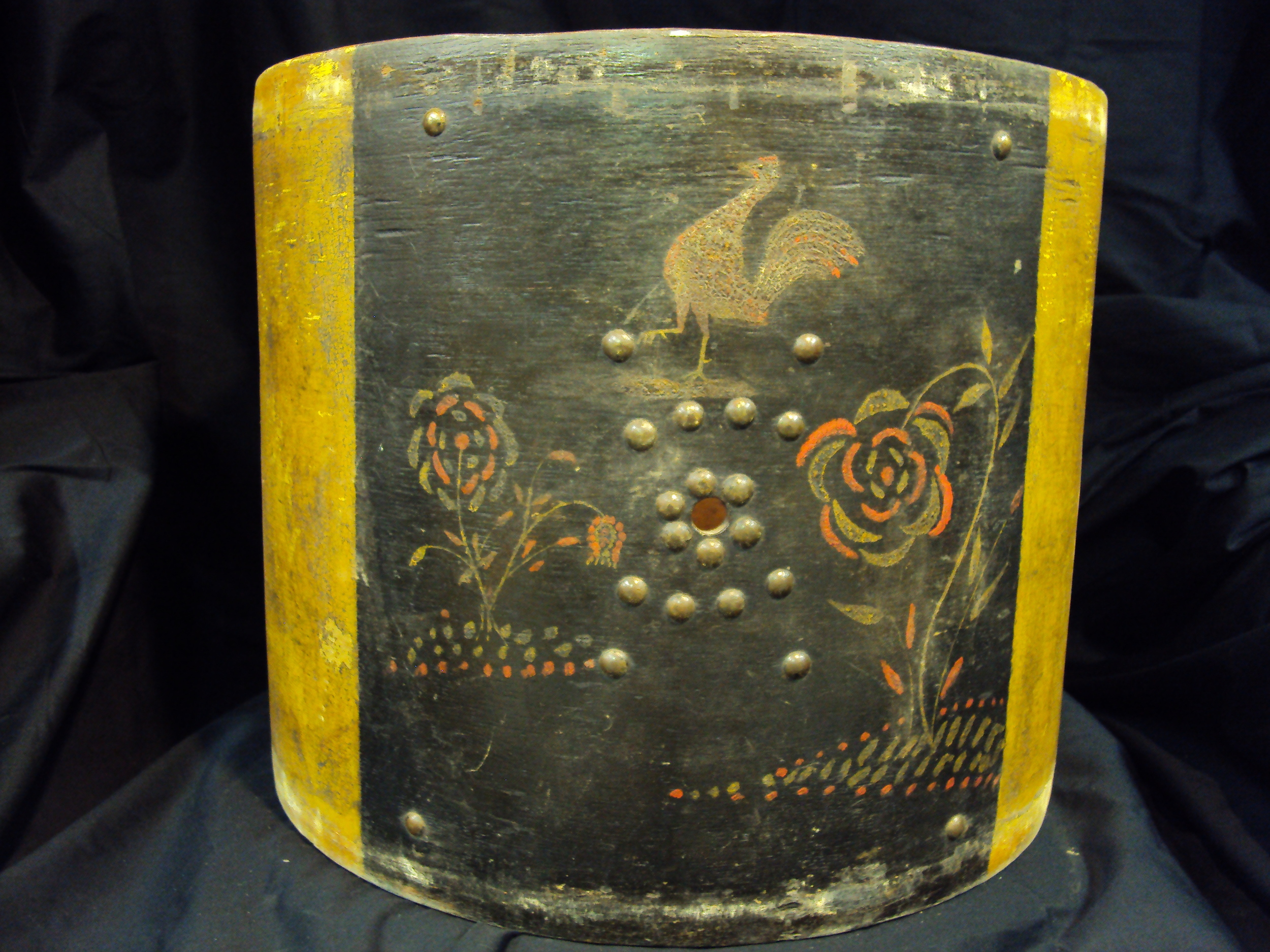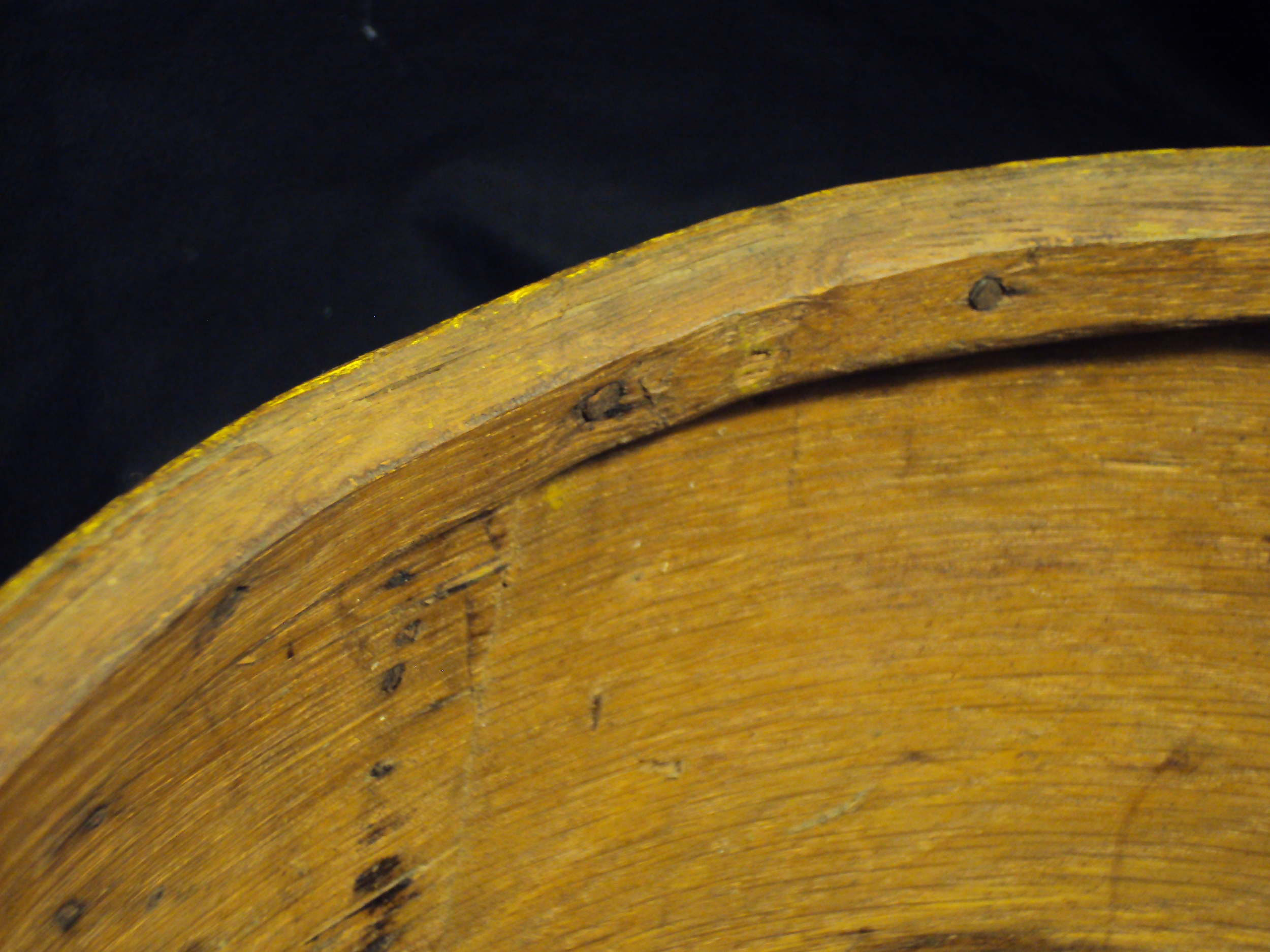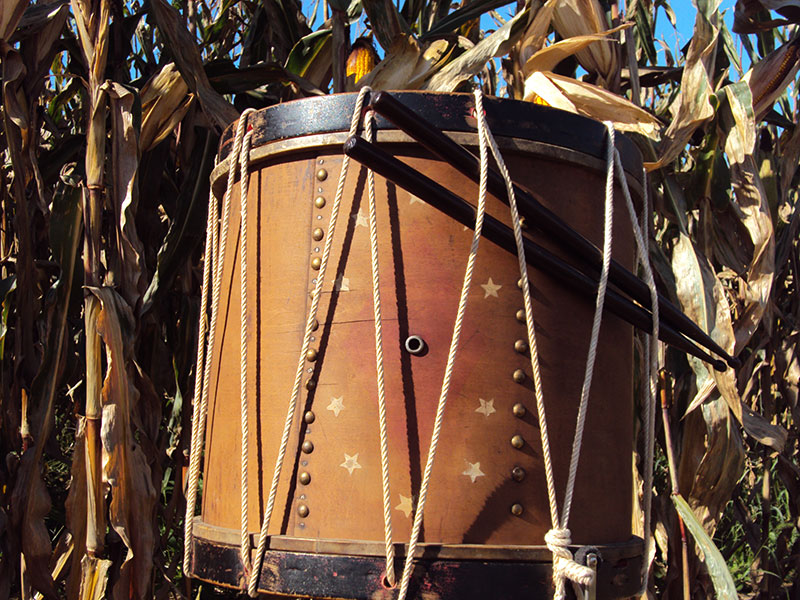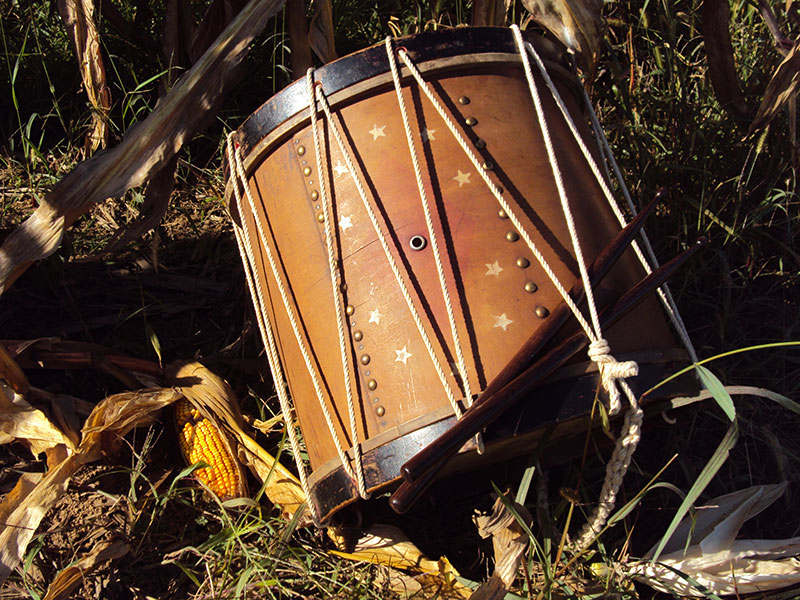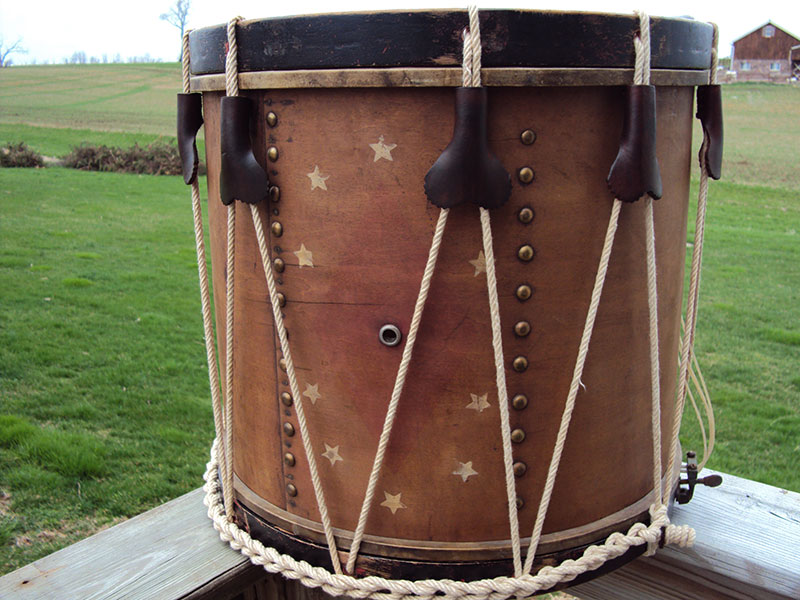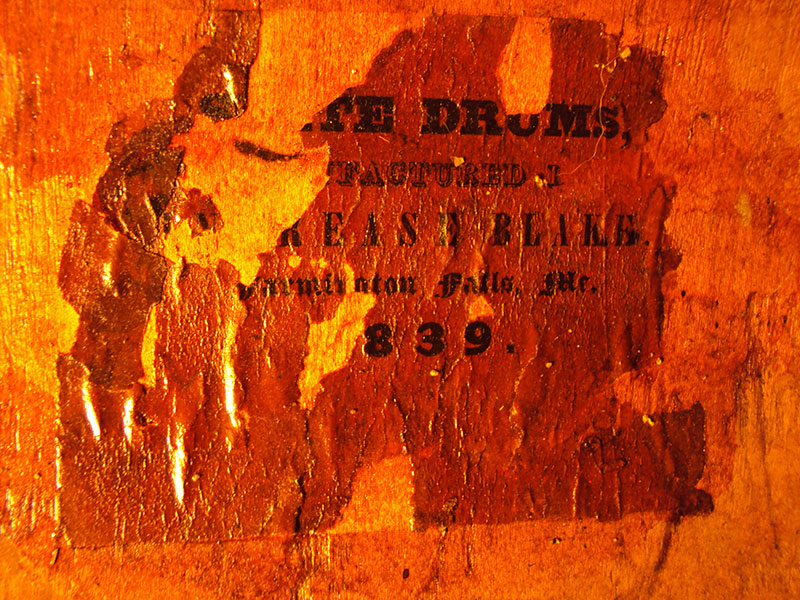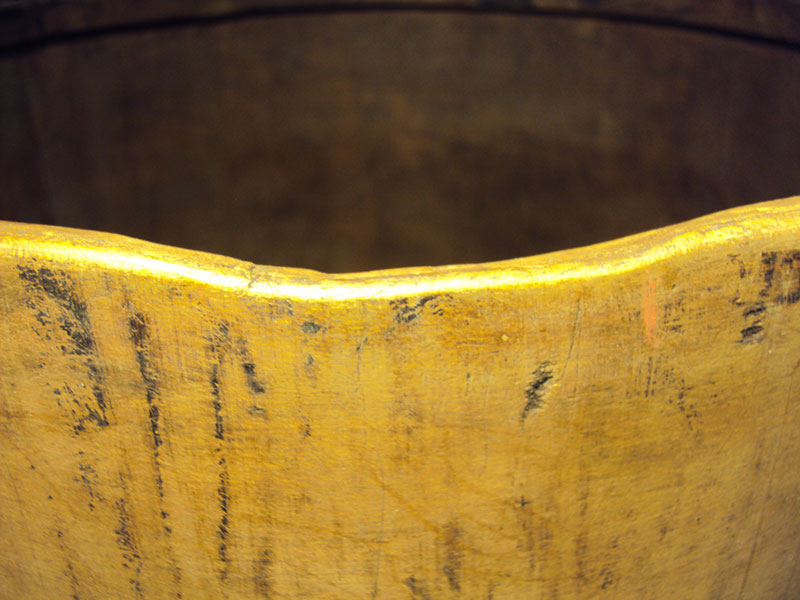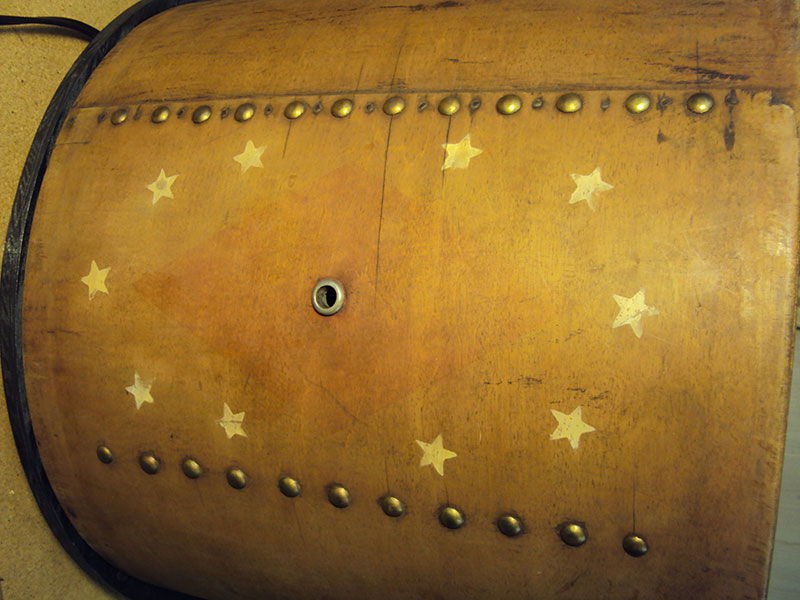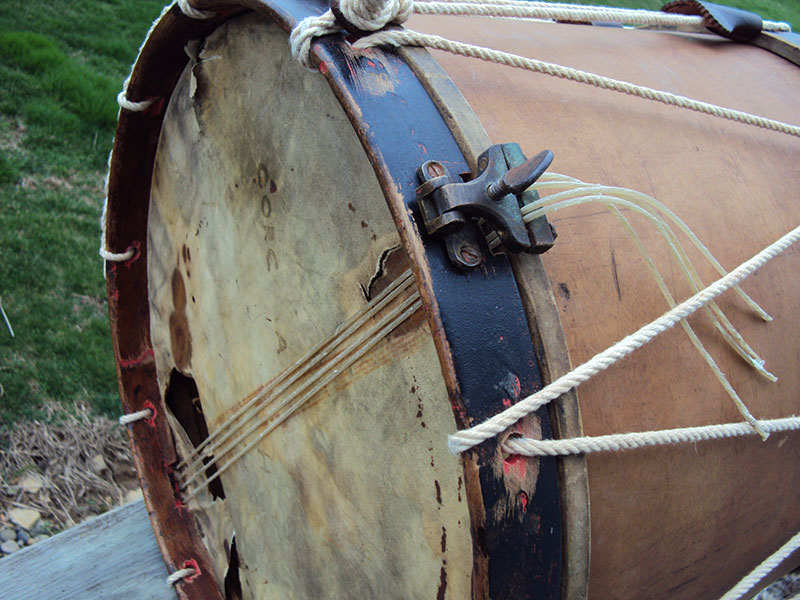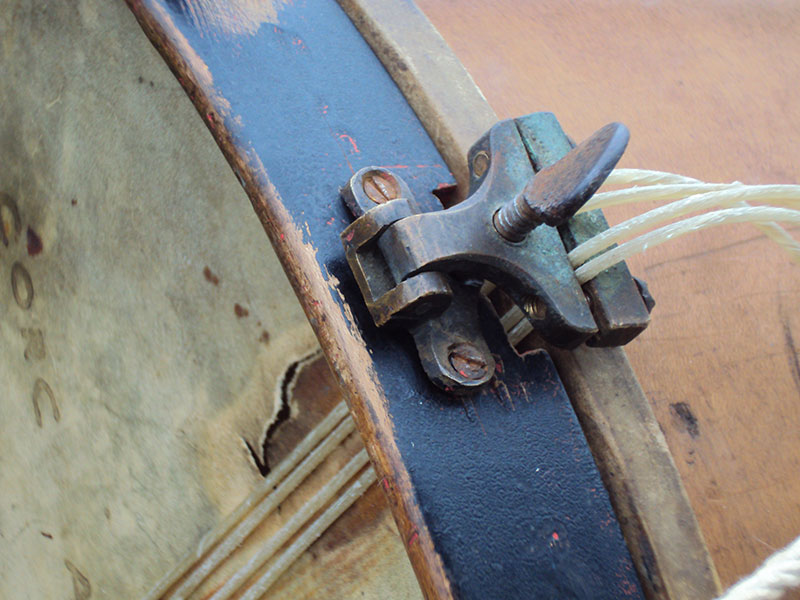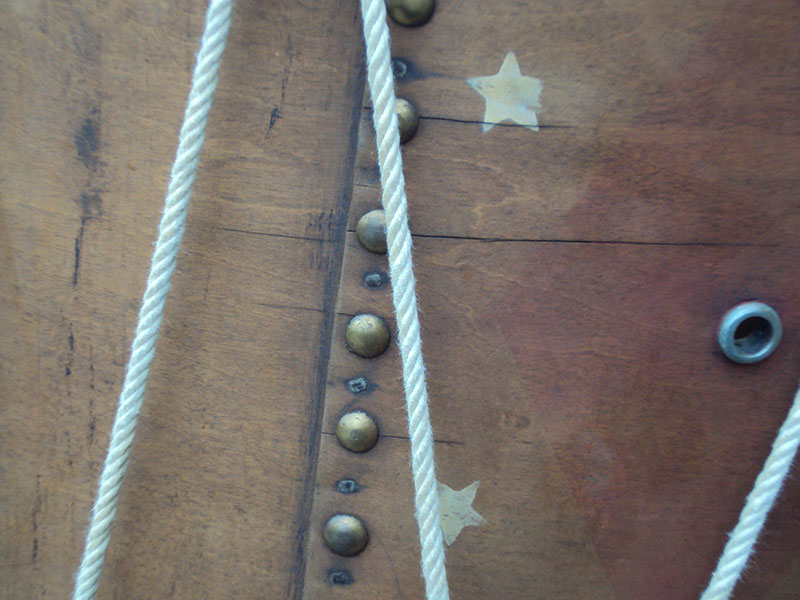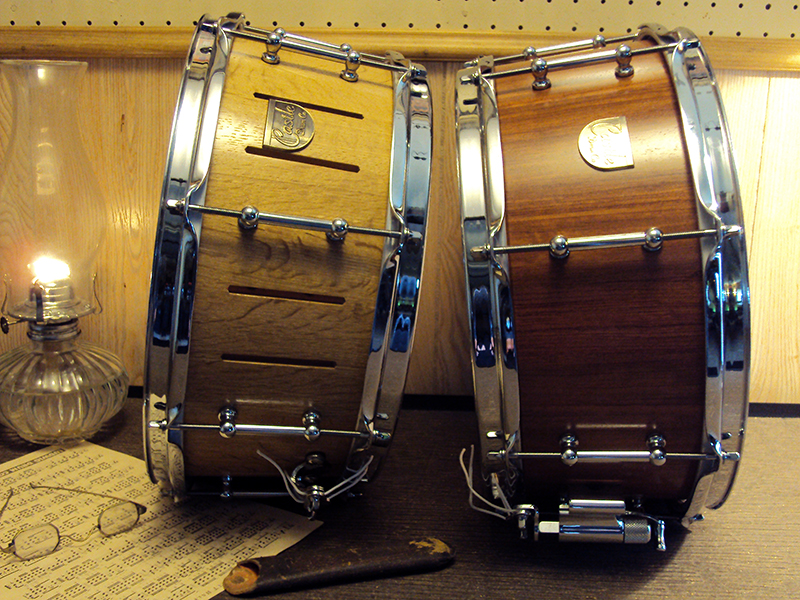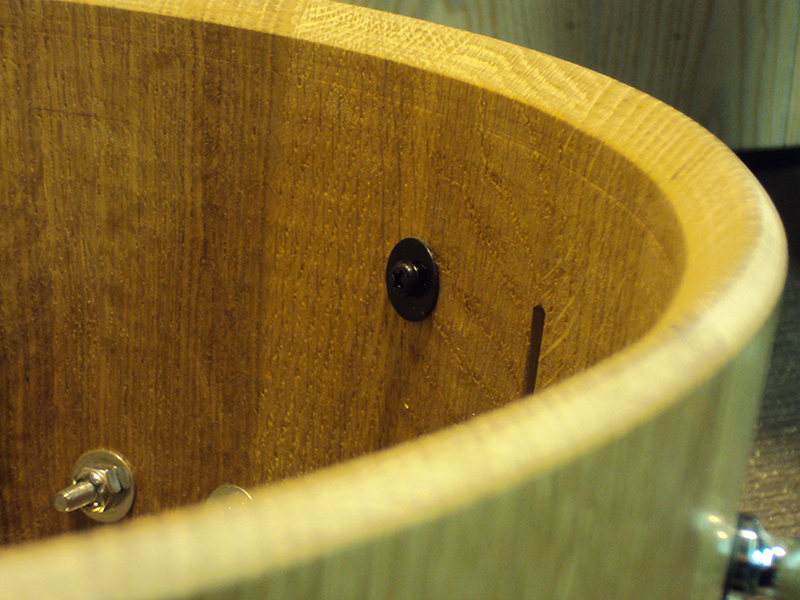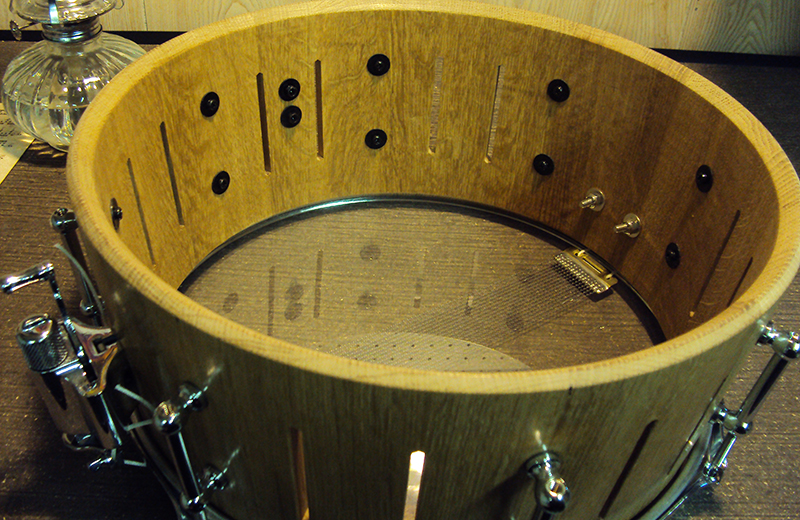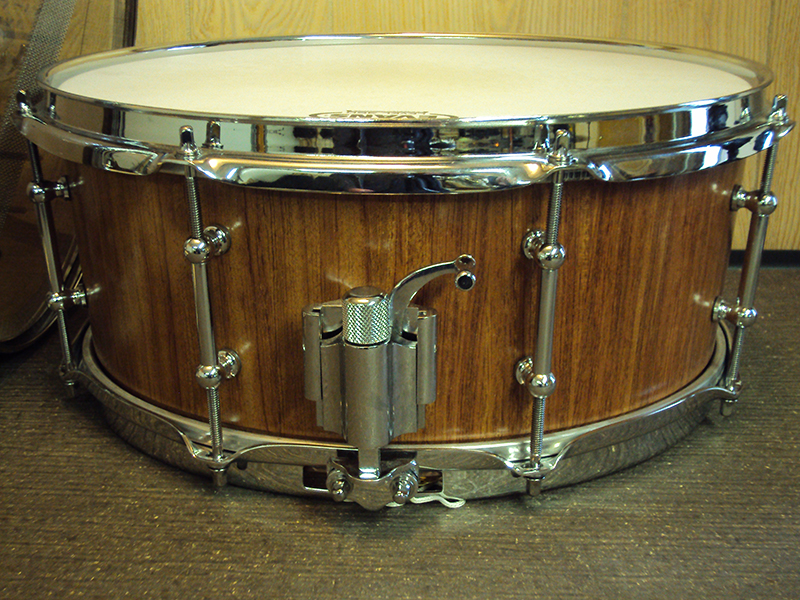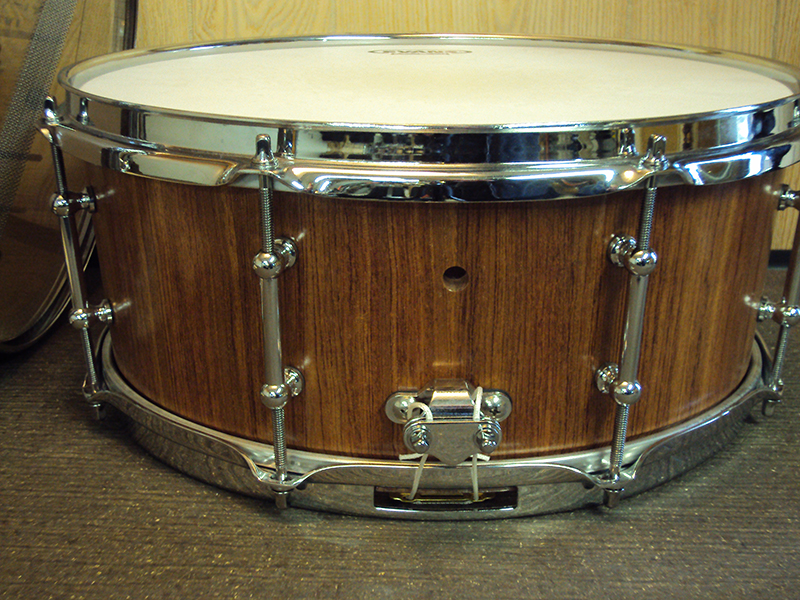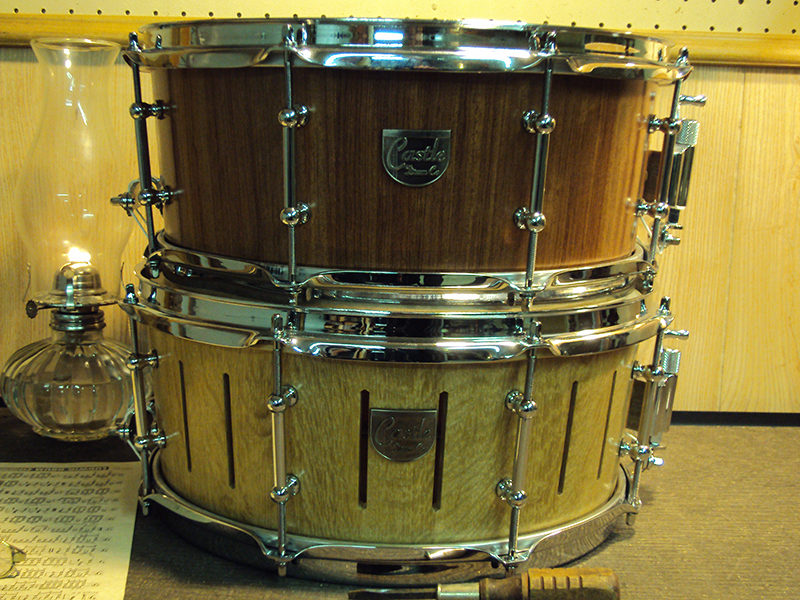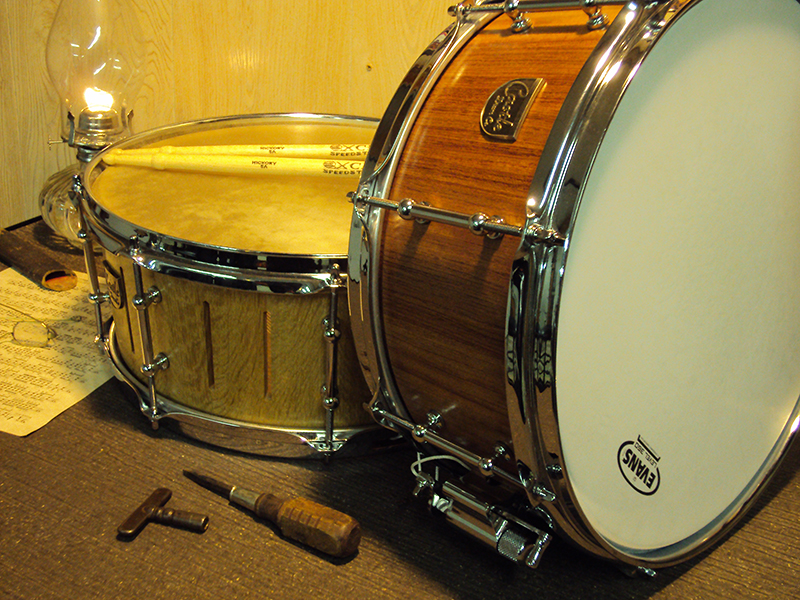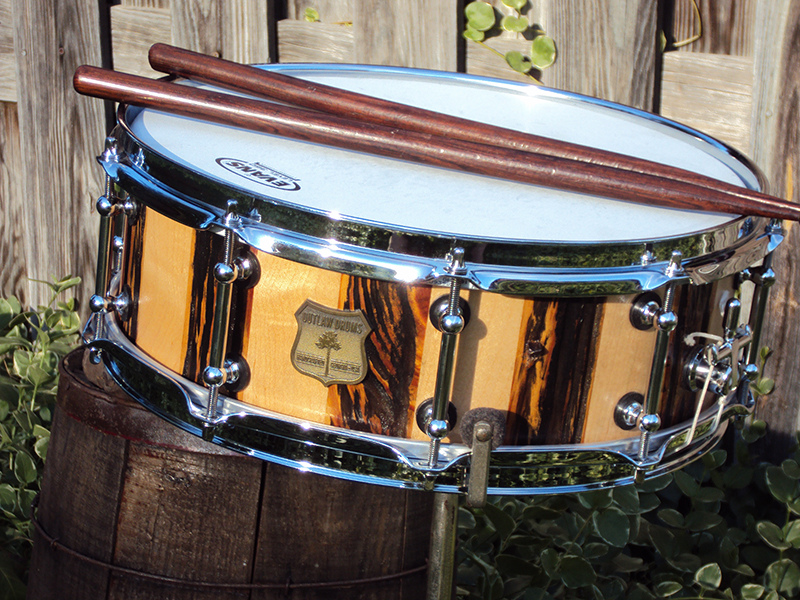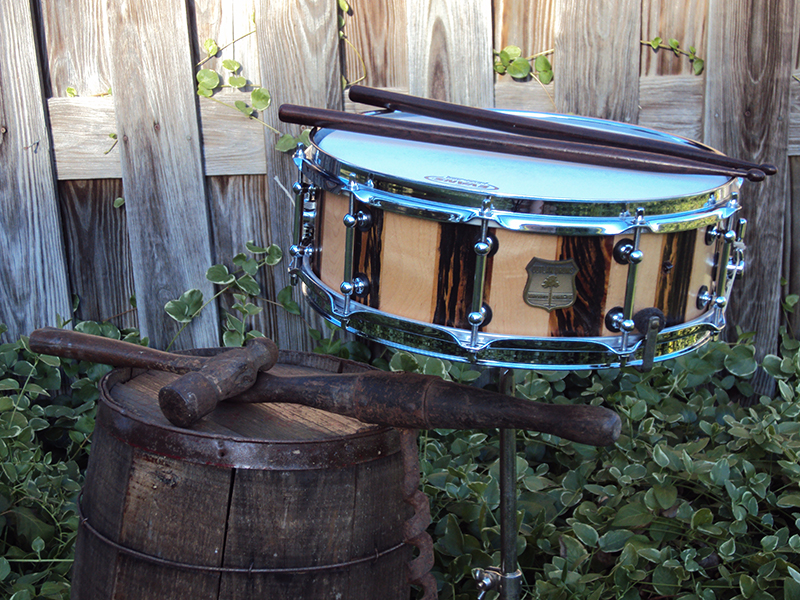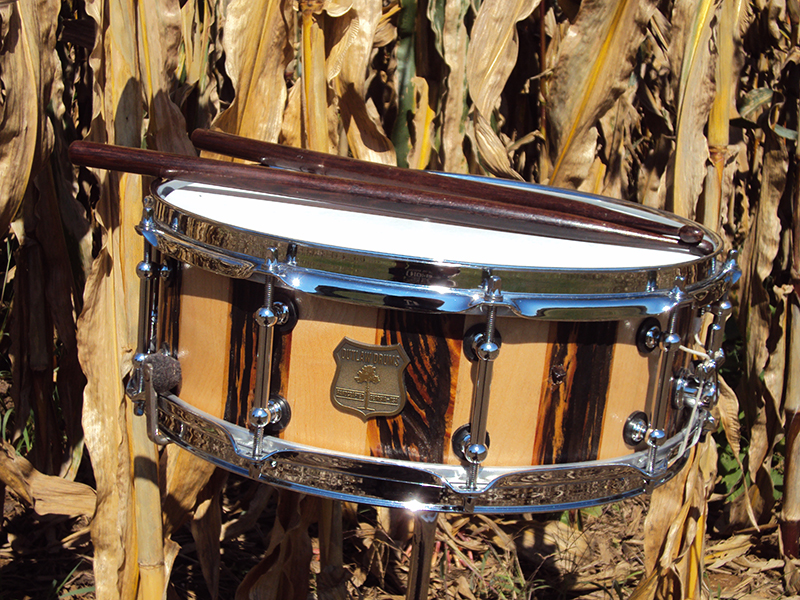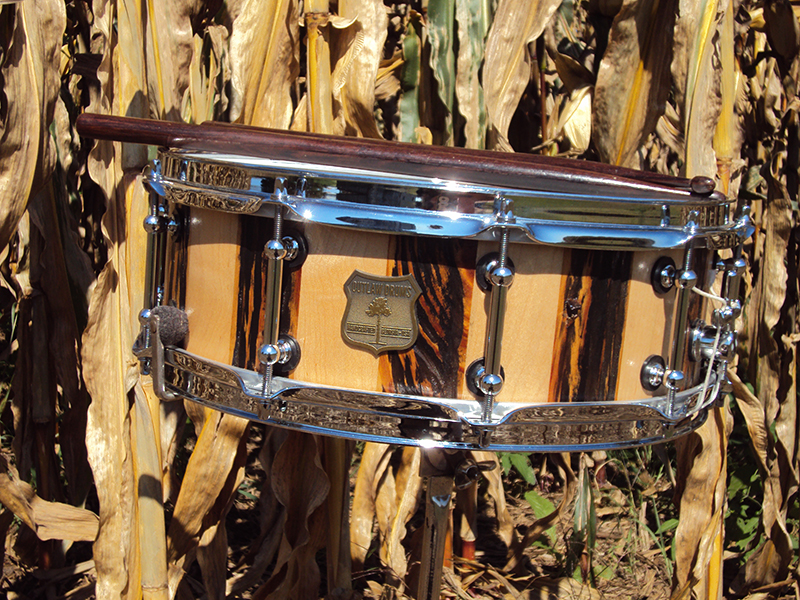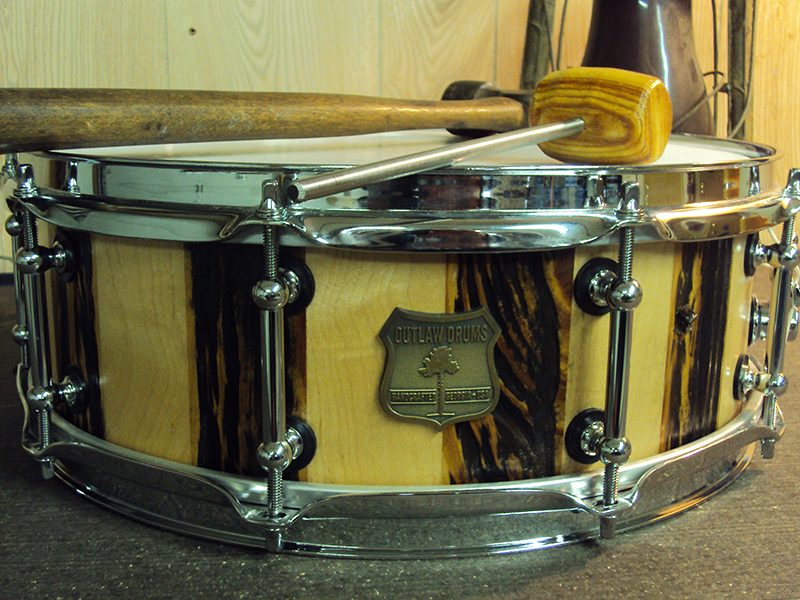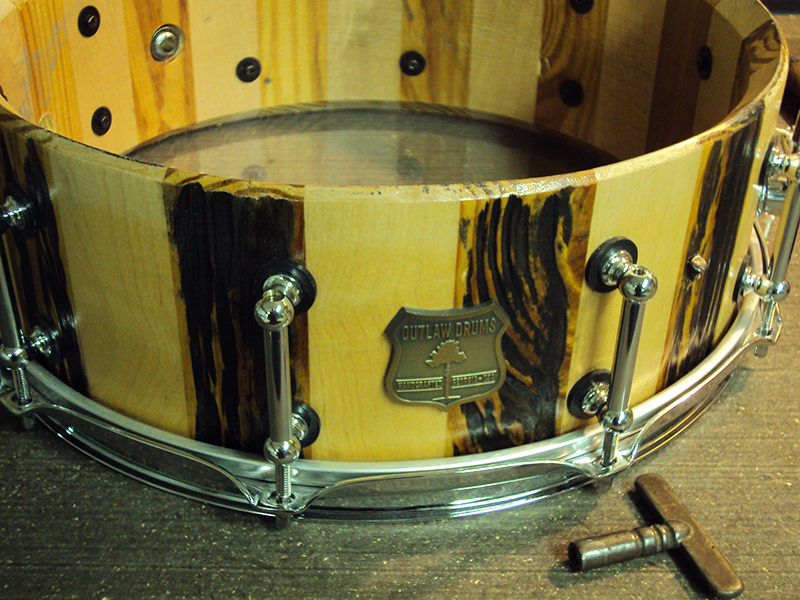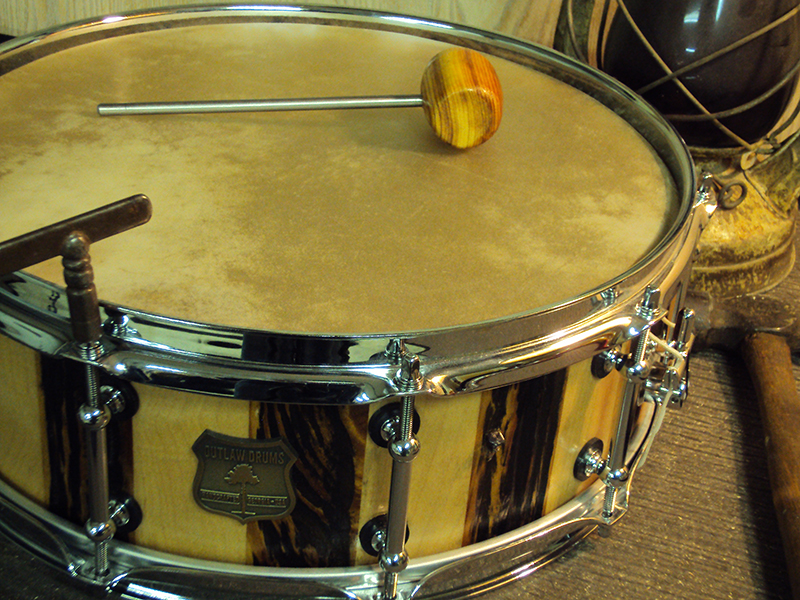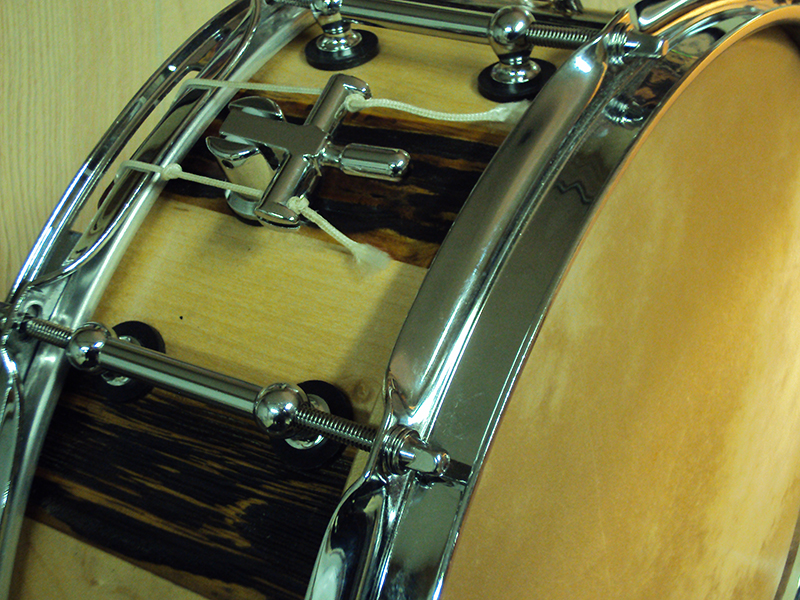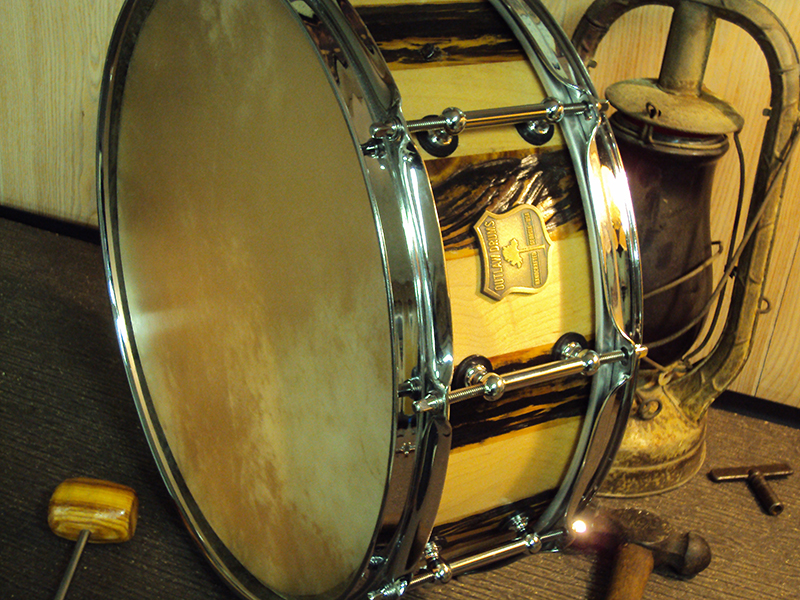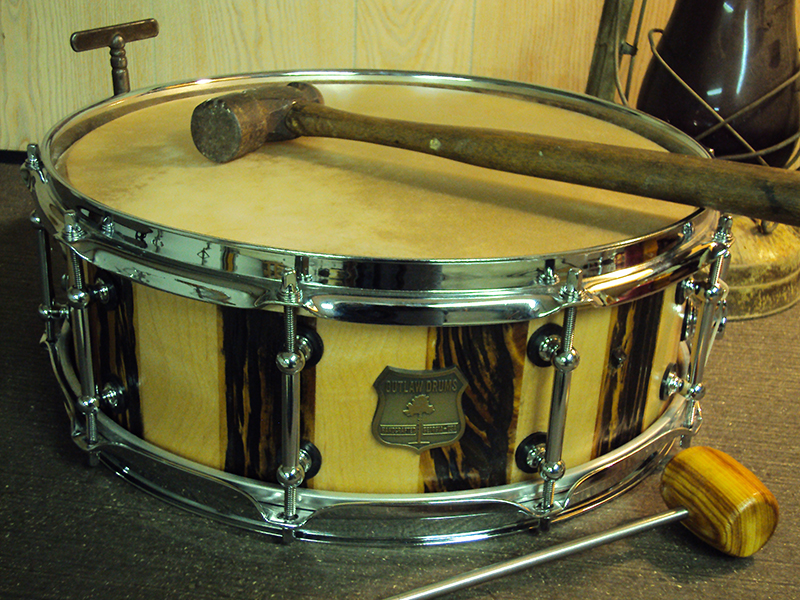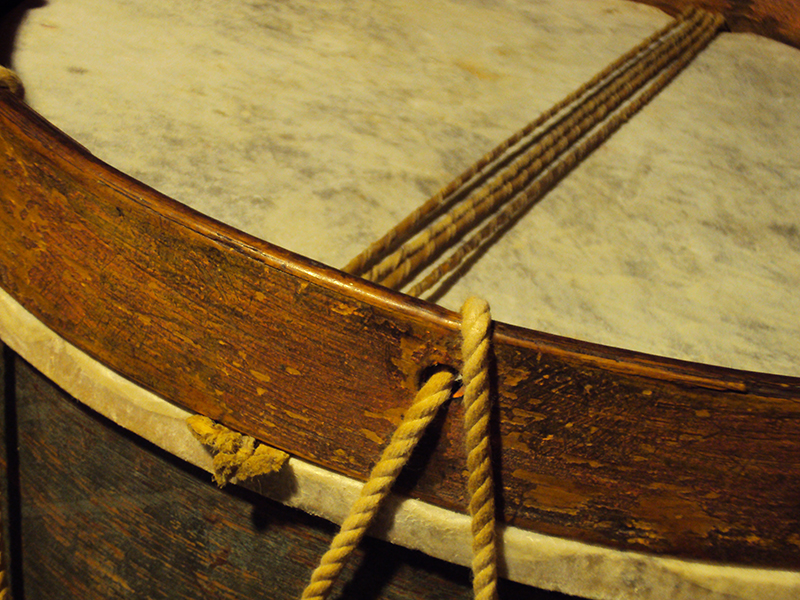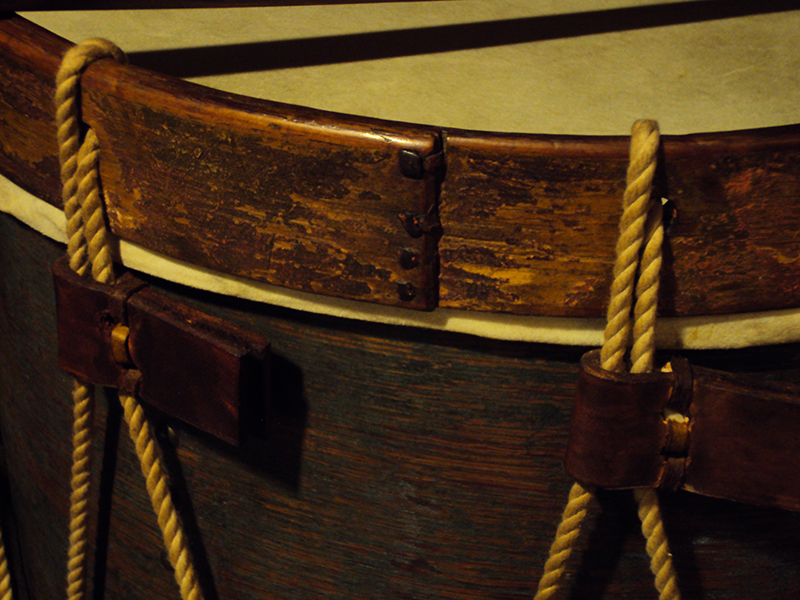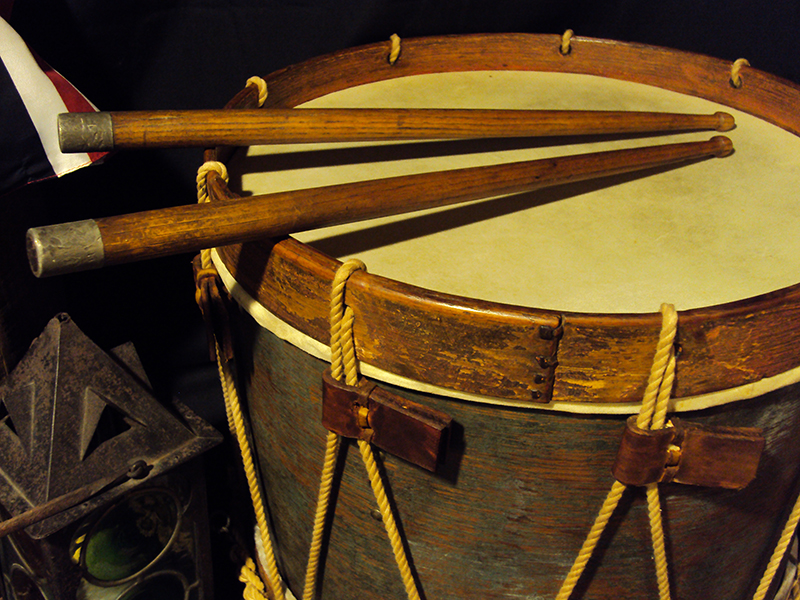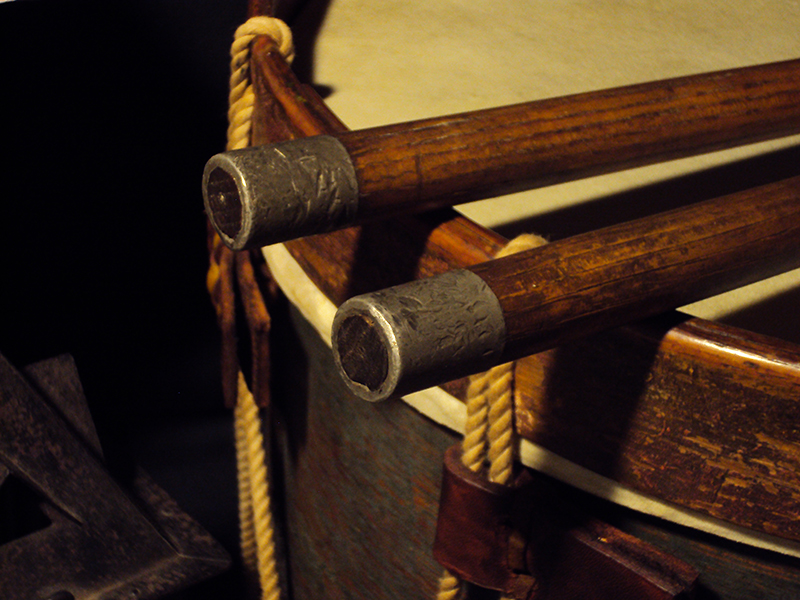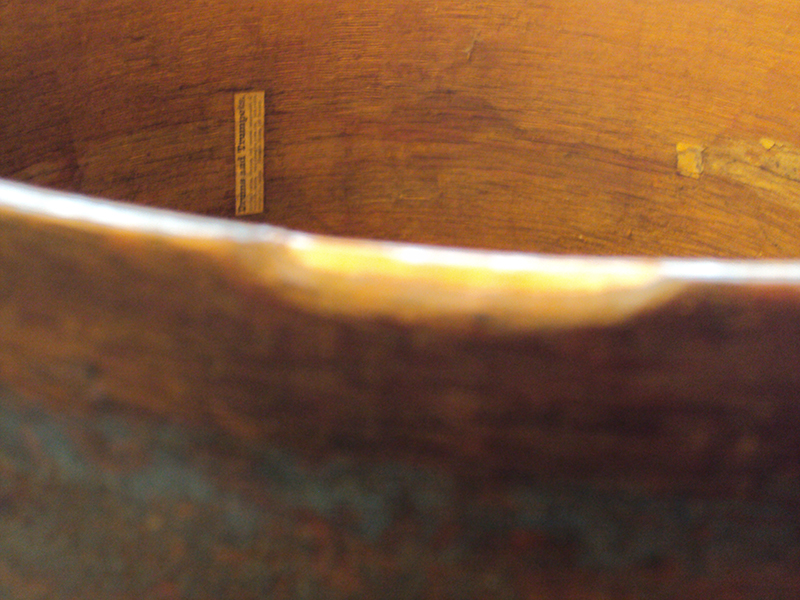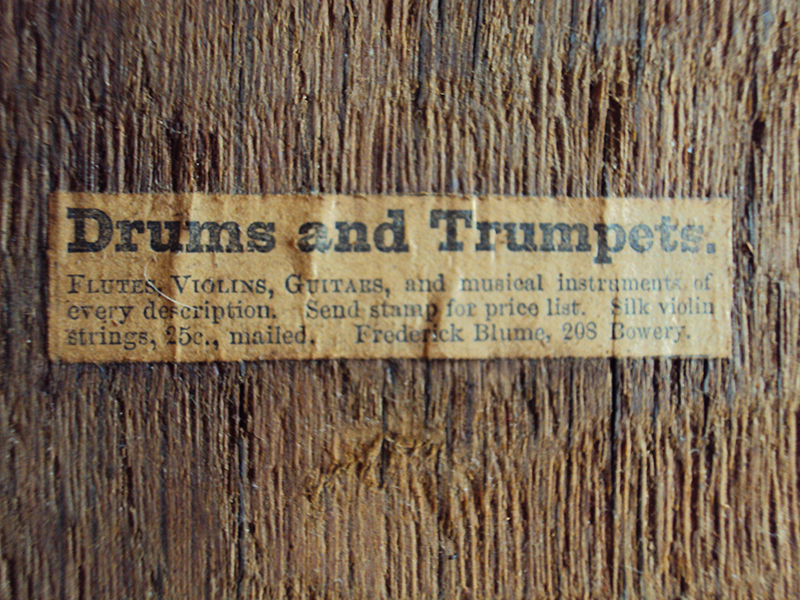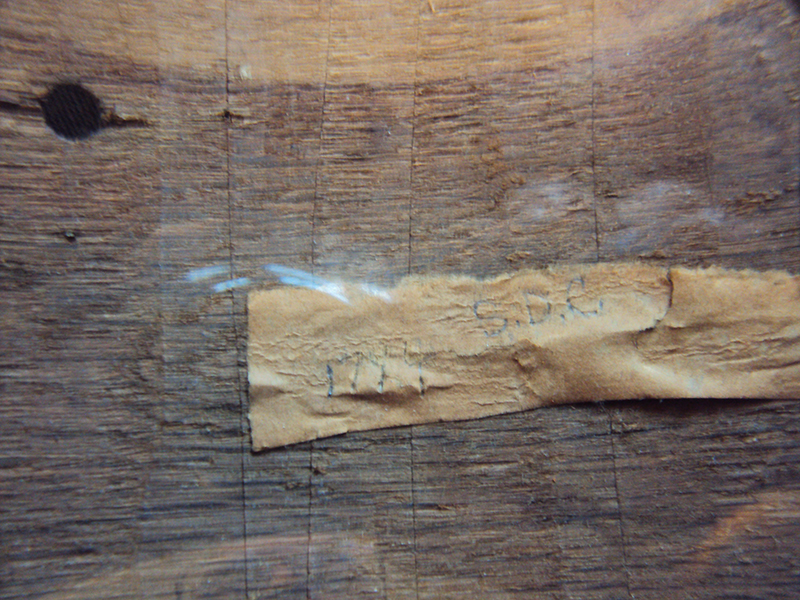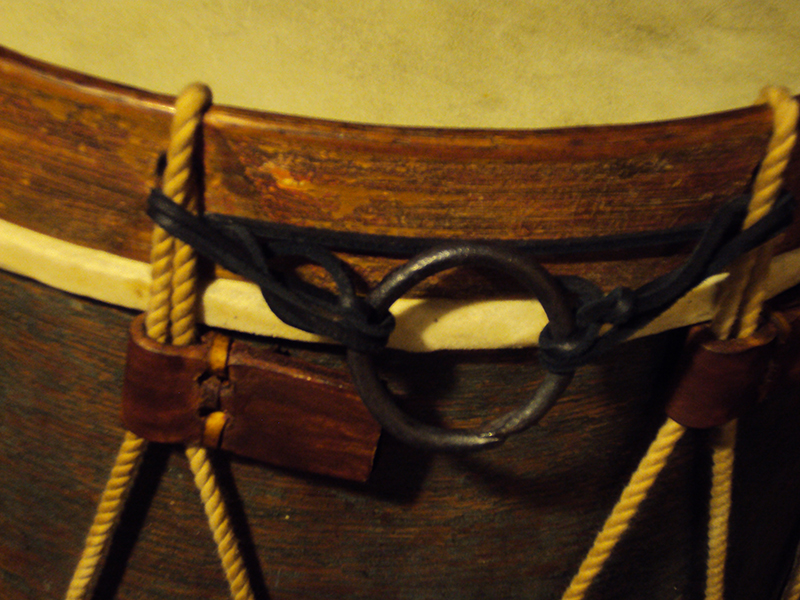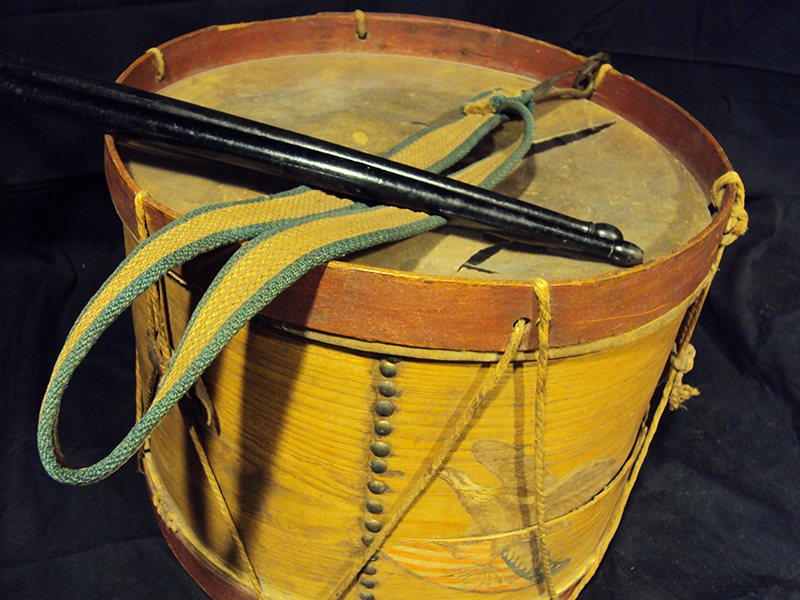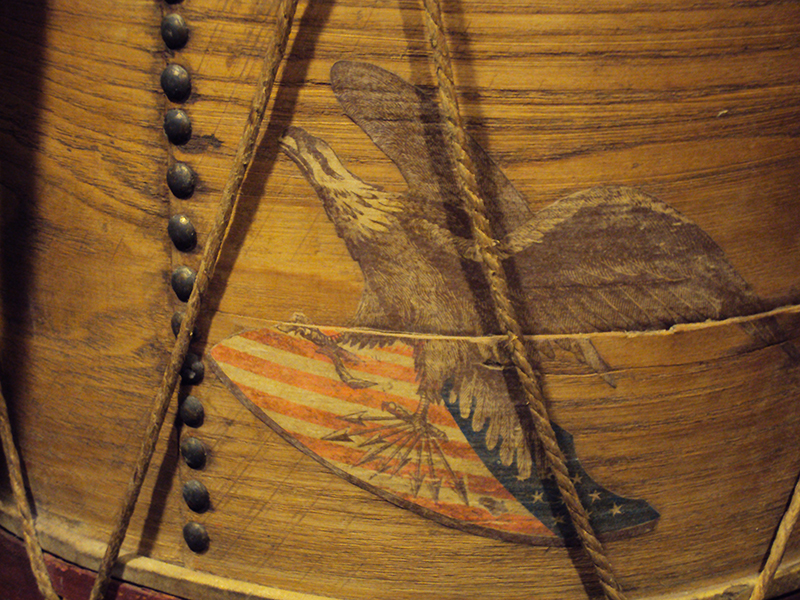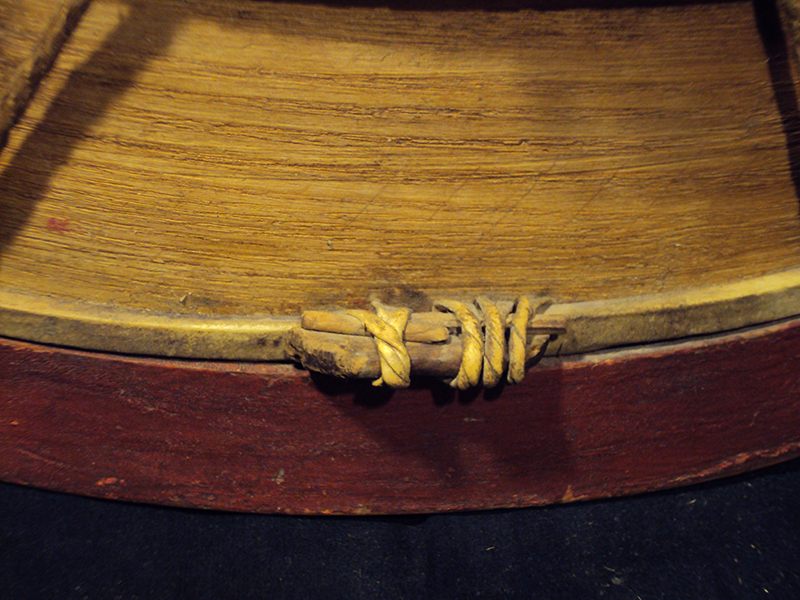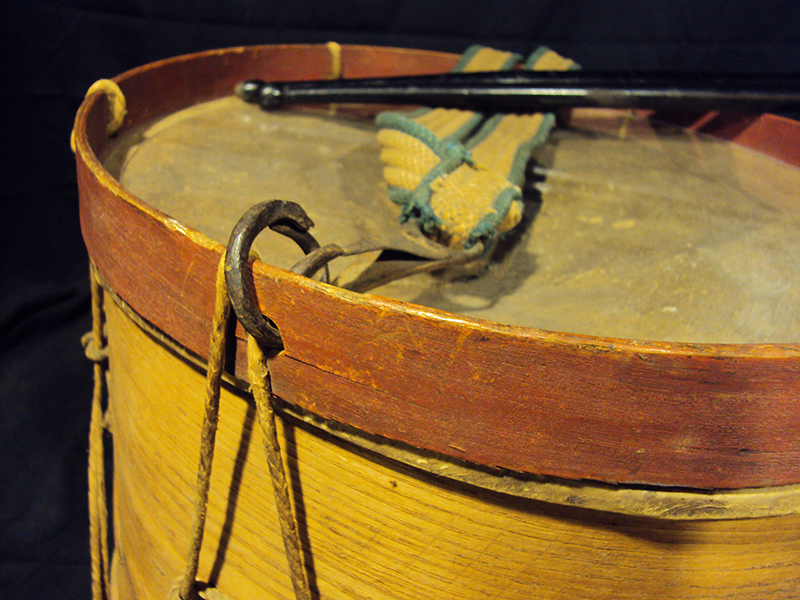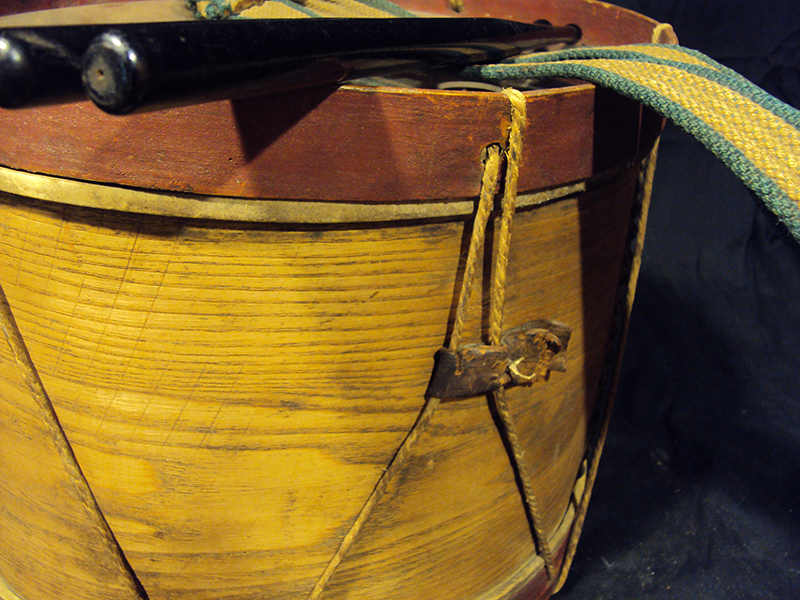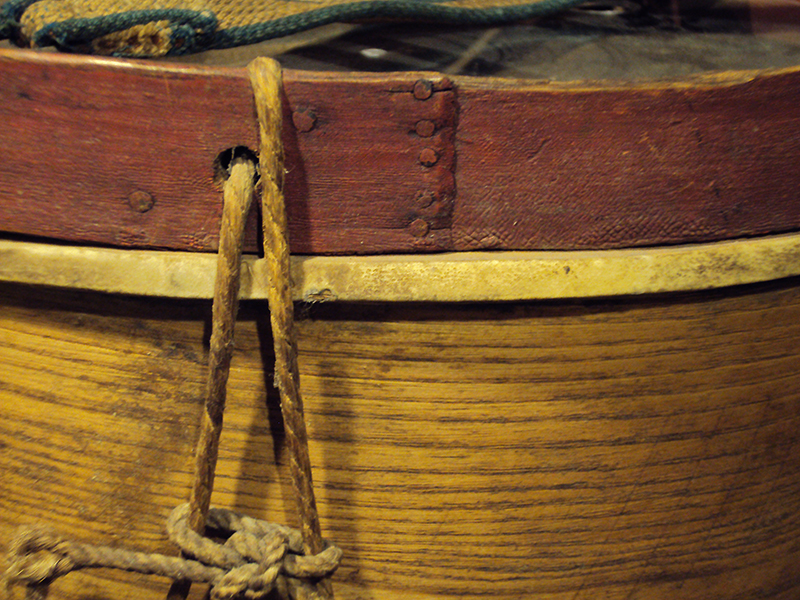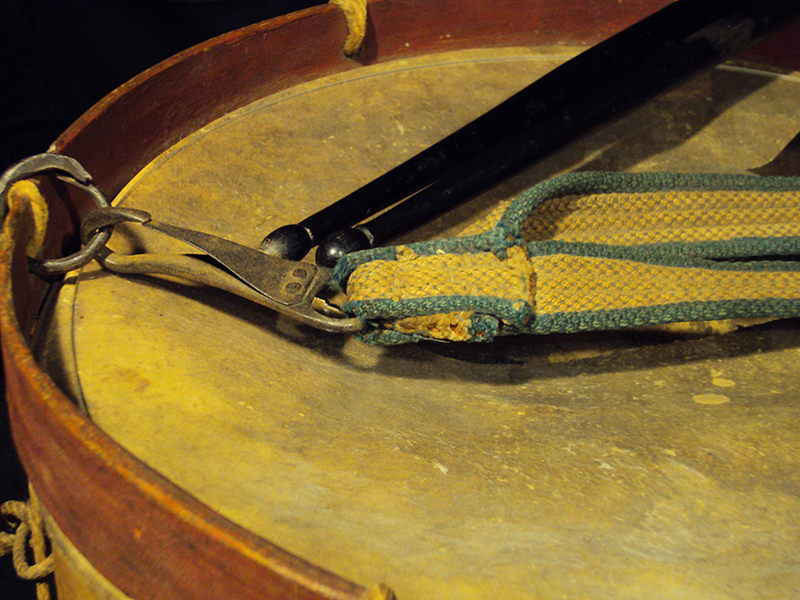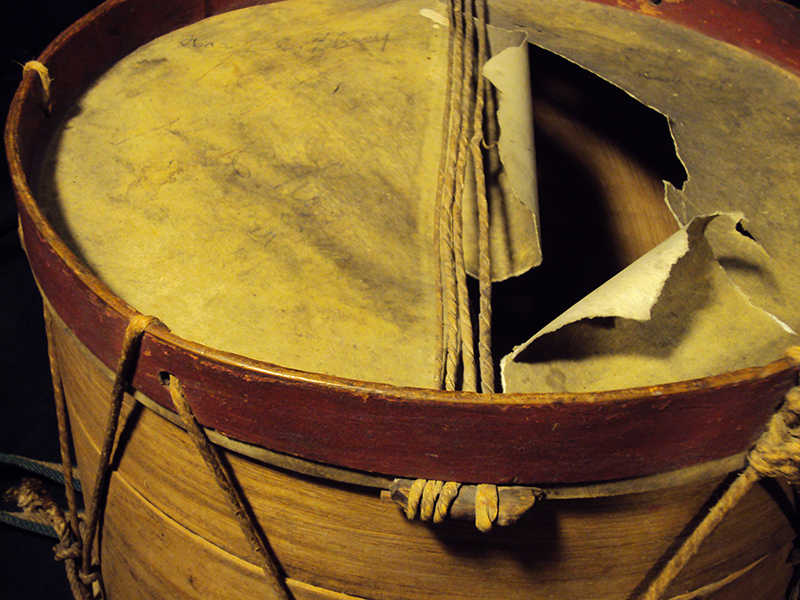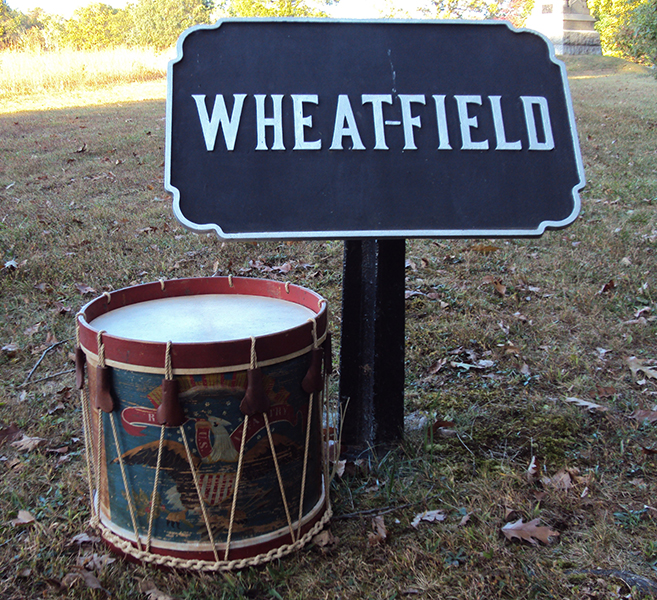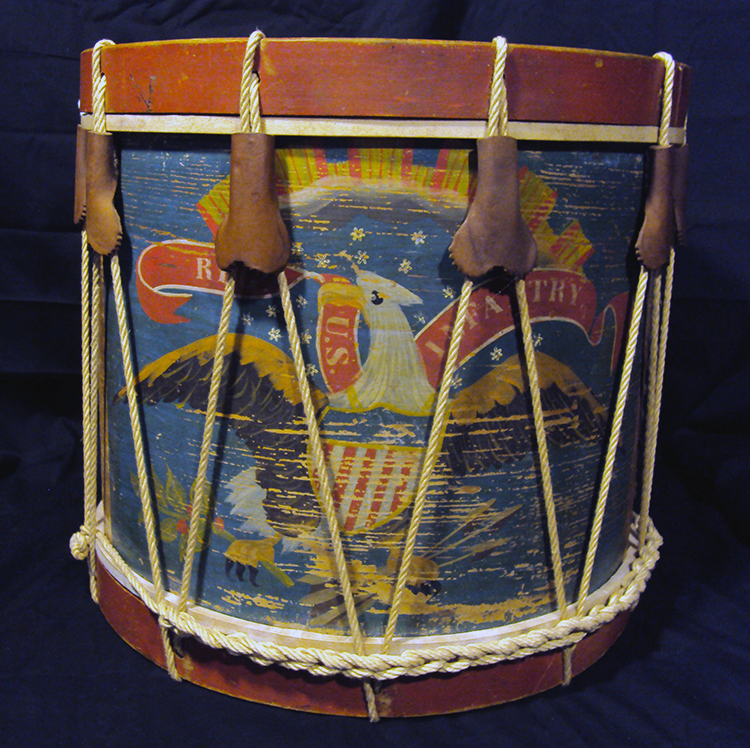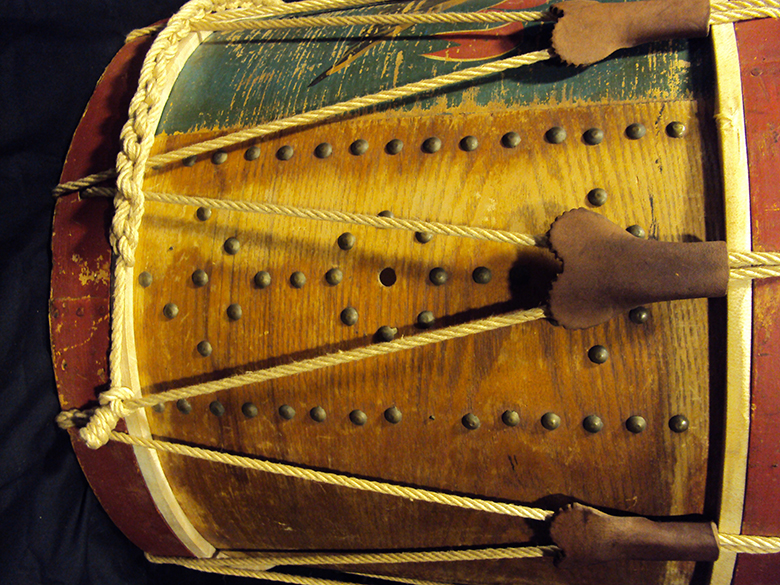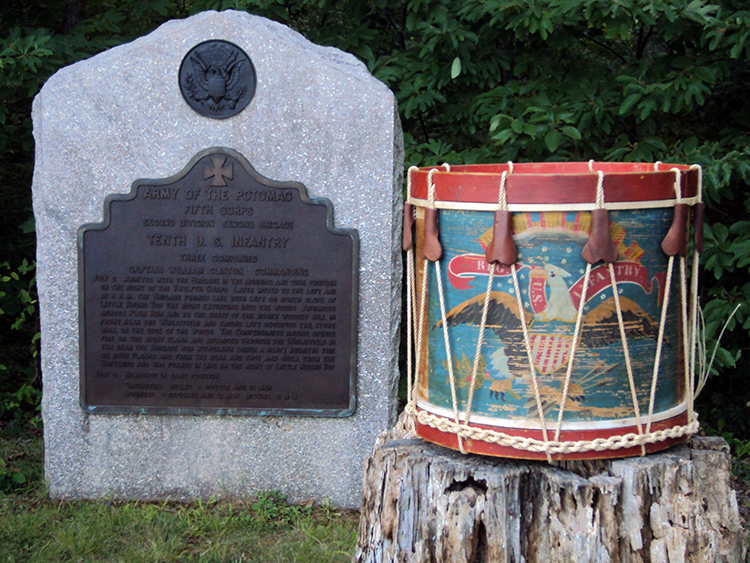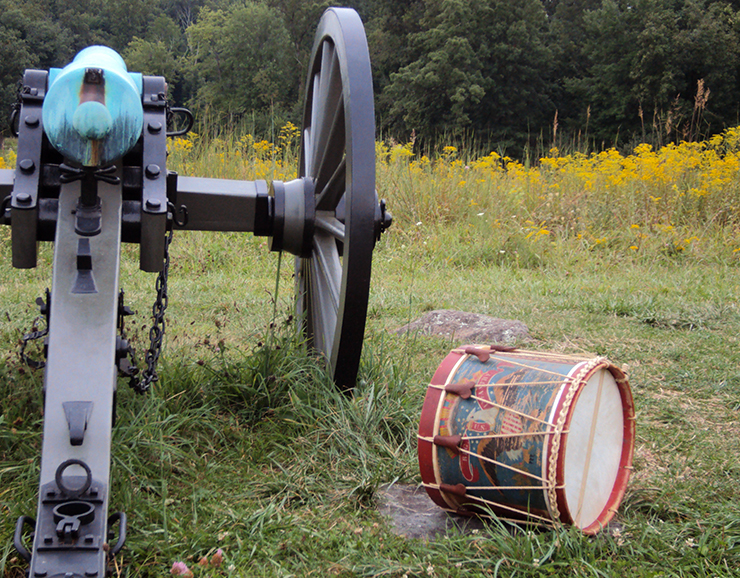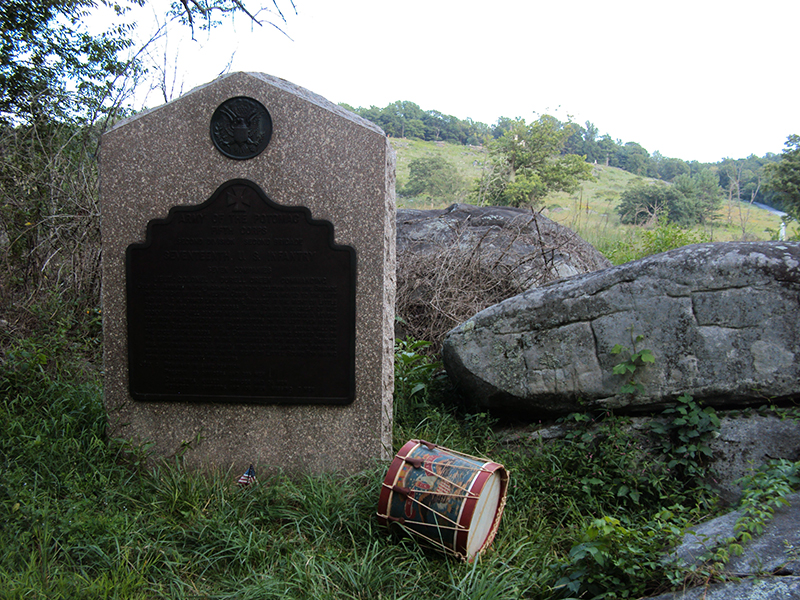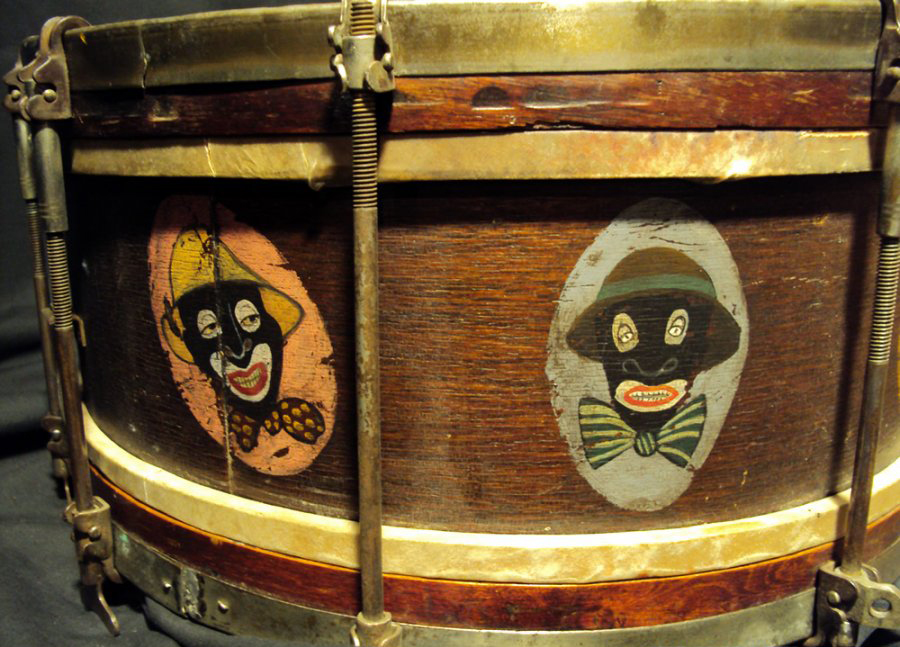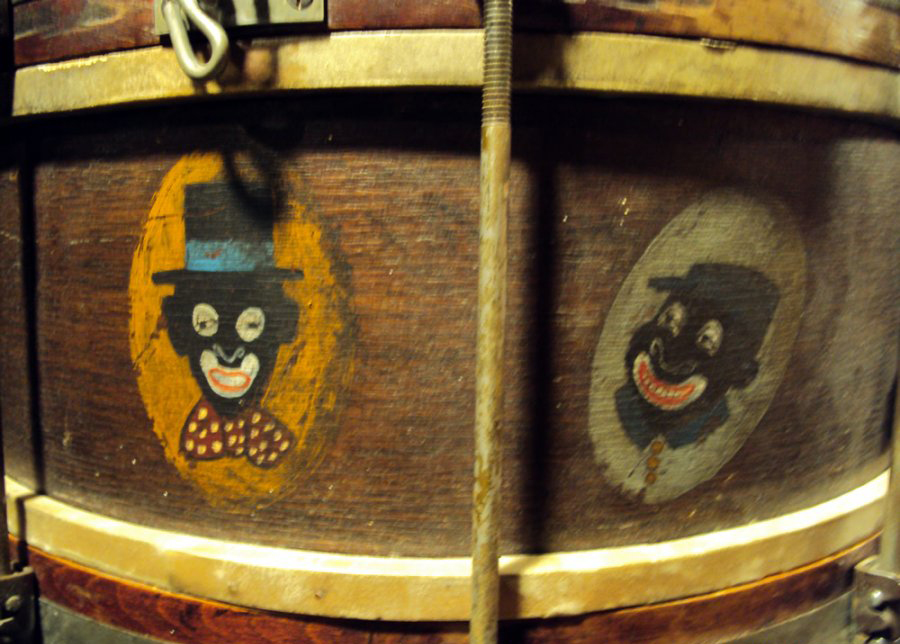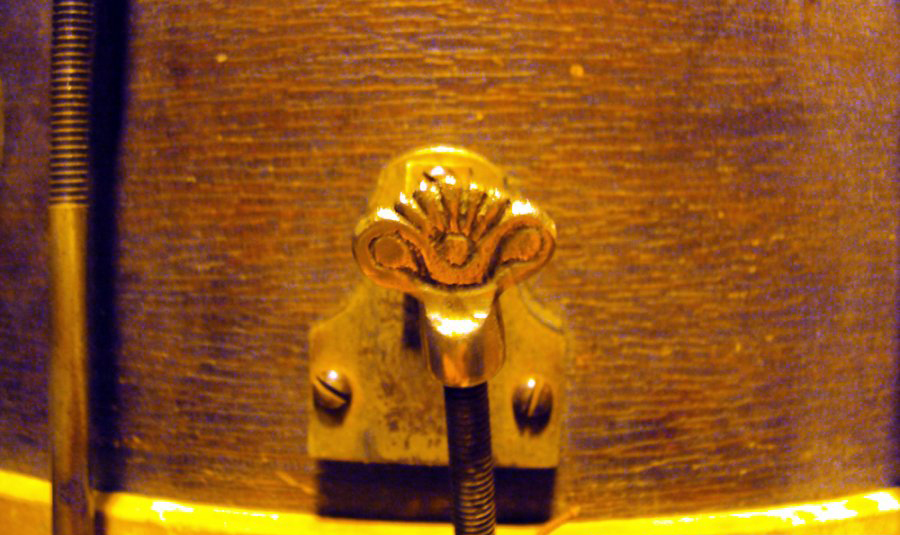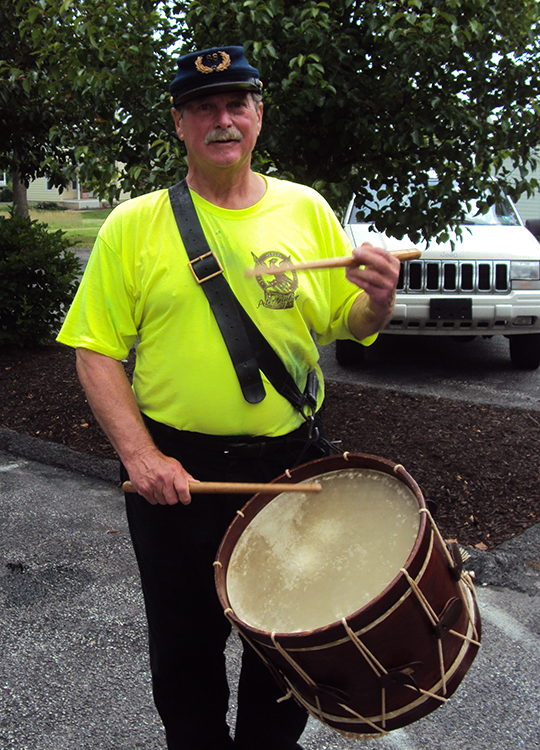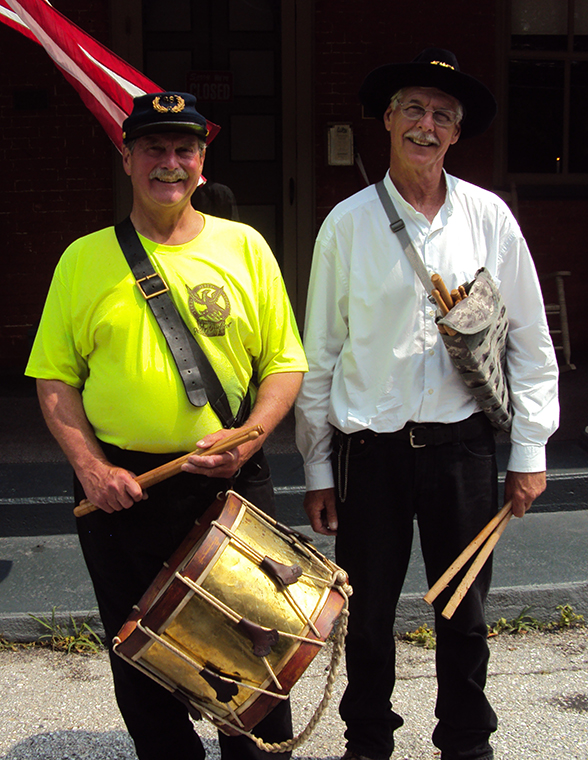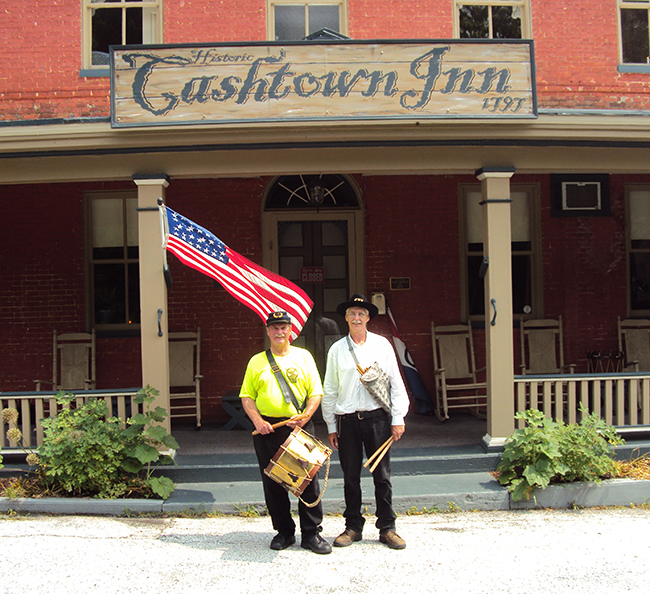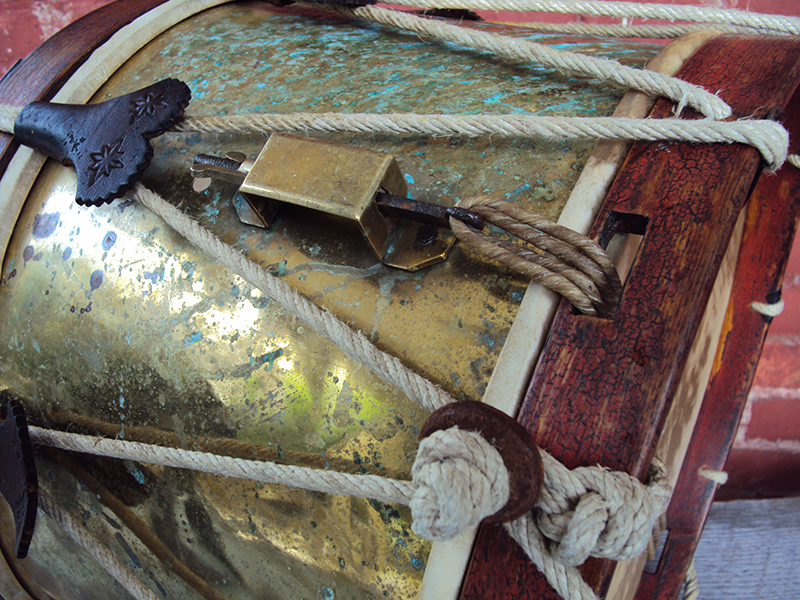Following the War, Peter Guibert returned to civilian life in Allegheny County near Pittsburg and worked as barber. 1913 brought about the 50th Anniversary of the Battle of Gettysburg. That year, Peter turned 70 years old and held a strong desire to attend the anniversary ceremonies of the epic battle he participated in 50 years ago. Being the largest and most costly of the Civil War's battles, he knew veterans from all over the country would attend. Instead of taking a train, horse, or automobile, he decided to walk the distance. He would be accompanied on this journey by his friend, 62 year old John Conroy, an Army veteran, (1872-77) who fought Comanche Indians in Texas. On May 26th, 1913, they stepped off from the steps of what was then the Allegheny City Hall at 9:00 a.m. Ahead were 200 miles of some of the most challenging ridges and heights of Pennsylvania's Allegheny and Appalachian Mountains, chief among them was the Bald Knob Summit, with a height exceeding 2900 ft., and the Tuscarora Mountain (2458 ft.), among many others.
On the march, Guibert would beat his drum and entertain the folks along the way, many times in return for refreshments and lodging. On the morning of June 12th, the Guibert party departed from the Cashtown Inn, Cashtown PA, where they had spent the night, and began the last ten miles to Gettysburg. Completing the trek in 19 days, the two weary travelers entered the edge of Gettysburg on morning of June 13th where they were picked up by the Bell Telephone wagon and given a ride to the center of town.
There, they played a free concert and stayed at the City Hotel (now the James Getty Hotel), located on the square, until after the reunion festivities were complete. While in Gettysburg, Peter seems to have been quite active as several creditable accounts have him entertaining many of the inhabitants and veterans; apparently earning enough money to fund his stay. Peter also took the opportunity to join, and be photographed with, veteran musicians of the Union and Confederate ranks for a one-time performance of "The Blue and Grey Reunion Band of 1913." He was also featured as the opening act for the epic silent film: "The Battle of Gettysburg."
Jim Smith acquired the Guibert drum directly from a member of the Guibert family, niece Betty Mower, of Delmont. She had learned of the Yankee Drummer through a local newspaper article in 1982. The old Civil War drum had been passed to her through the family and had languished in attics for decades. Jim bought the drum along with an old newspaper article about the 1913 trek and then met with several members of the Guibert family over time. Through diligent work, he was able to piece together much of the life of Peter Guibert and even found additional period newspaper articles about the trek and his time spent in Gettysburg. However, Jim's commitment to the trek began during a visit with Peter's Grandson, Clarence Guibert, who at one point "expressed concern that peter's name was not listed in the official PA records in Gettysburg." Jim later found Guibert's name in the records...misspelled...the error has since been corrected.
Peter Guibert's field drum was one of the newer designs available to the drummers of the era. The shell was constructed of solid brass and is somewhat heavy. It has a very efficient, brass snare adjustor that isn't the frequent norm of what most period drums utilized. Jim has since made small metal parts that over-lay the wooded hoops at the point over of the rope holes, to help protect against the wear and pressure of the ropes bearing down on these old hoops. Other replacement parts include hemp rope, leather ears, skins and snares.
With no makers label or any markings in or on the shell, the maker
remains unknown. However, a brass shell construction at this time
suggests that the drum was imported from Europe.
The sound is exceptionally full and projects well, especially when played with heavy, robust sticks. When Jim acquired the drum, it had a broken head with an old silver-tipped stick inside. He then fully restored the drum to playing condition and has kept it in that condition.
According to local newspaper accounts, Peter Guibert and John Conroy not only trudged along with this old field drum, but a rope tension bass drum and pedal, fife, calliope, harmonica, slide whistle, and various other musical instruments for the purpose of Guibert performing as a "one-man-band," as he "was well-known as an entertainer." Jim also included an old rope tension bass drum as well as other musical instruments in keeping with the spirit of the trek.
After 190 miles on the road, Jim and his friend, Ray Zimmerman (who plays the part of John Conroy) arrived at the Cashtown Inn where they met up with Craig and me. On this day, the Peter Guibert Trek of 2013 had a slightly larger entourage of seven people, including Len DeCarlo (trek coordinator), Duane Myers, and Dick Mizikar, along with two vehicles. I had brought along my circa 1840 Porter Blanchard field drum so I could play along with Jim for this final 10 mile leg of the journey. While at the Cashtown Inn, Jim and I played our drums for each other, as well as together. One thing about playing authentic rope tension drums with calf skins and gut snares is that you clearly hear all three aspects of the drum: There is the basic sound of the drum, and the sound of the snares, but then you hear the sound of the "drone," which is something I think that's missing from drums with plastic heads, synthetic snares, and muffling. The sound of these old drums really "carries" outdoors.
We stepped off in mid-morning... Jim, "Conroy," Craig and I, along with our escort vehicles, and headed east down Old Route 30, "The Lincoln Highway," through Cashtown... The same route that Confederates under Lt. General A.P. Hill used 150 years ago, as they headed east to Gettysburg, playing a cadence as we went. In doing so, the feeling of history was almost over-whelming as we felt the trodden path of so many other travelers of the past.
The day was extremely hot and humid...as I imagine it was in 1863 and in 1913. As the sun rose high in the sky, I could feel its effects start as we played our drums on the hot road. We stopped at every waving flag and cemetery along the way and properly saluted with drum and hand. The dogs did not bother with us as I wondered if the drums intimidated them. One of the stranger things we learned was that cows apparently like drums! At every instant of the sound of the drum, herds of cows would line up along the fences and watch...moving along as we did...pleasantly animated.
As we progressed, residents would venture out to see what the racket was all about, many times offering us drinks and sandwiches, while eagerly soaking up tales of the trek. At one point, we heard the sound of a drum set coming from a house along the route. We decided to serenade our newly found compatriot with a rousing and spirited round of Three Camps. The commotion worked as the drummer from within soon appeared on the front porch and applauded our completion of the piece. At other points we were saluted by the local veterans, who we respectfully saluted back. Passing vehicles would honk and wave. Everybody cheered. And so it was as the Peter Guibert Trek proceeded along the 200 hundred mile route that seemed full of goodwill.
Jim Smith, at 70 years of age, had completed one of the most challenging and epic journeys to honor any veteran of the "Late War" in grand style. The combination of heat, humidity, rain, and wind (or lack of it) only added to the reality of walking such long distances with a drum. Another daunting danger was the traffic which made safety along the way a major concern. There were no major mishaps in this regard, as the most common occurrence seemed to be the constant honking of horns and waves of well-wishers in general. Through it all, Jims pace, style, and playing were precise and purposeful, and being a master drummer and historian, he knew all the music and calls.
The route was full of high elevations and valleys and as Craig and I would occasionally lag behind talking, we could see that Jim (and "Conroy") repeatedly would take each hill like a Roosevelt! Jim Smith appeared larger than life on that day. In keeping true to the form of the original trek, Ray had quietly arranged to have a wagon of the Bell Telephone Company waiting for them as a surprise on the morning June 13th as they prepared to take Gettysburg, just as Peter Guibert and John Conroy did 100 years ago to the day!
Arriving at noon in the Gettysburg Square, they played a free concert by the James Getty Hotel and met with well-wishers and family. Also joining them was friend and fellow drummer John Beck, President of the Percussive Arts Society, who was also at the initial step-off in Pittsburg. Later that day, Jim delivered dirt from Peter Guibert's grave to the 74th PA regimental marker on the Battlefield. As did Peter, Jim stayed at the Hotel on the square and remanded in the area until much of the festivities came to a close.
Heat, fatigue, and dehydration played a large part on the march for military drummers and soldiers alike. This is something that we would be reminded of during the Trek and celebrations leading up to and during the 150th Anniversary of the Battle of Gettysburg, as well as with the previous reunions and the Battle itself. During this time, several drummers and bandsmen "went down with the heat" and needed to be transported to the local hospital.
I was quickly reminded that being a drummer during
the "Late Hostilities" was no easy task. During this last
ten miles of Jim's Trek, Craig and I learned of so many
things that affected the daily life of early drummers
and soldiers while on the march.
Peter Guibert died on December 7, 1933, at age 89. He had played music all of his life, as the music was deep within him. Known as the "Wizard of the Drums" and the "Master of Military Music"...names that a "God Father" of the rope drum community the likes of Jim Smith, could easy personify without fault. But Jim, the Yankee Drummer, had earned his own new moniker as he entered Gettysburg right on time, the very same day as did Peter Guibert, exactly 100 years ago...now we refer to him as "Jim Smith: Iron Man of the Alleghenies."
In the end, the big question here is...Why did Peter Guibert decide to walk the 200 miles to Gettysburg?...Especially when the government offered free train passes to any Civil War veteran wishing to attend the reunion. The only reason offered by Smith is that Guibert apparently walked everywhere! With the Peter Guibert Trek of 2013 behind us, I find myself happily reminiscing with Craig as we look back on and talk about the privilege and the experience we had partaking in recreating this historic, yet telling journey. We also embraced the camaraderie we found in all who took part in making this event a huge success. "There are many historical artifacts out there that have interesting stories to tell but rarely get the opportunity"...Jim Smith has taken the opportunity to do so and has marched with it and made it so. Our special, indebted thanks to Jim for offering us the opportunity to share with him ... The Last Ten Miles.
From Lancaster County, PA, Thoughts from the Shop....
Brian Hill

